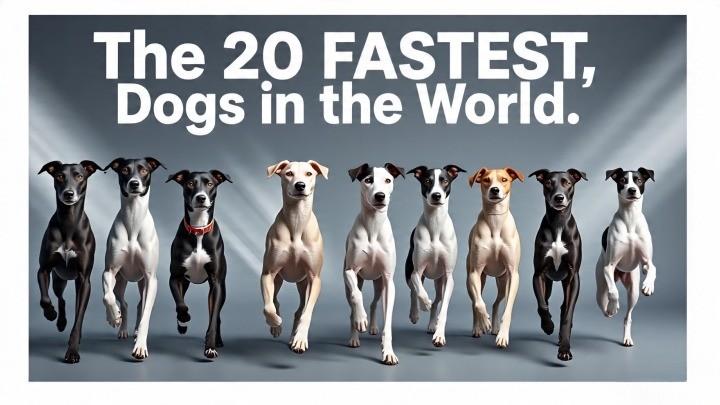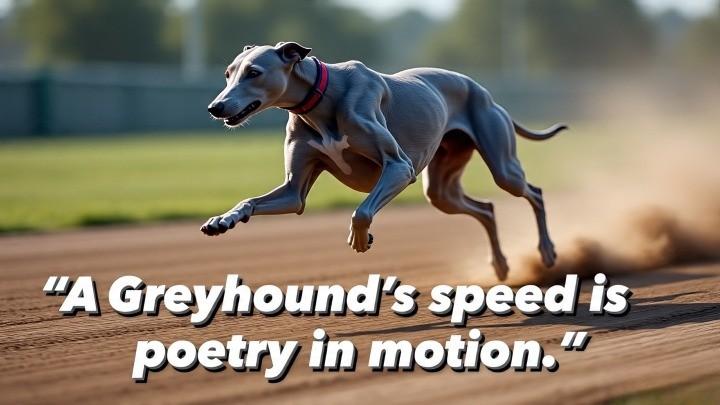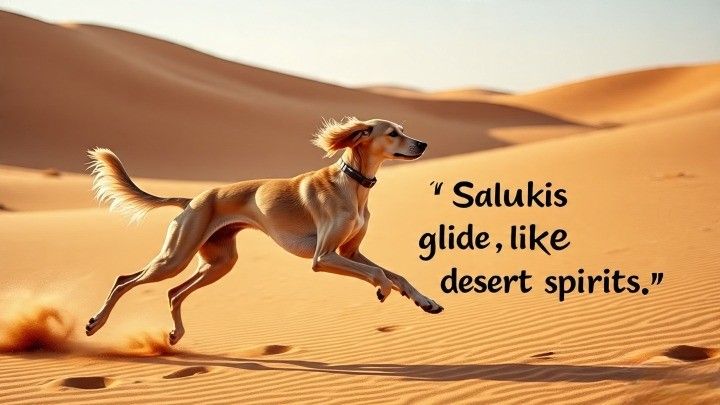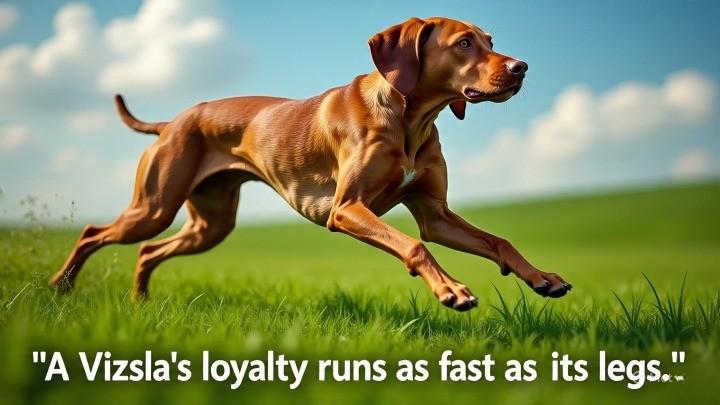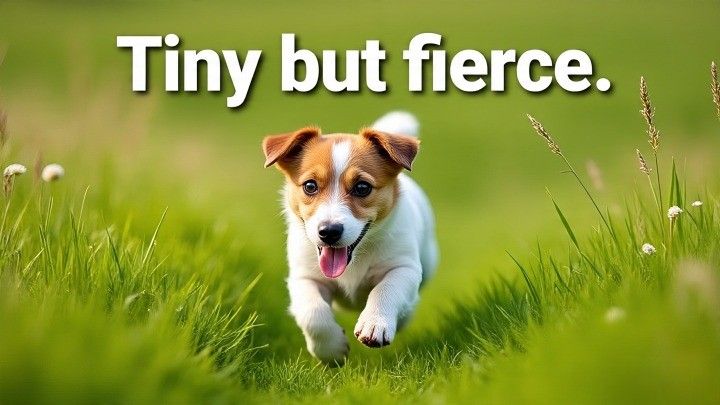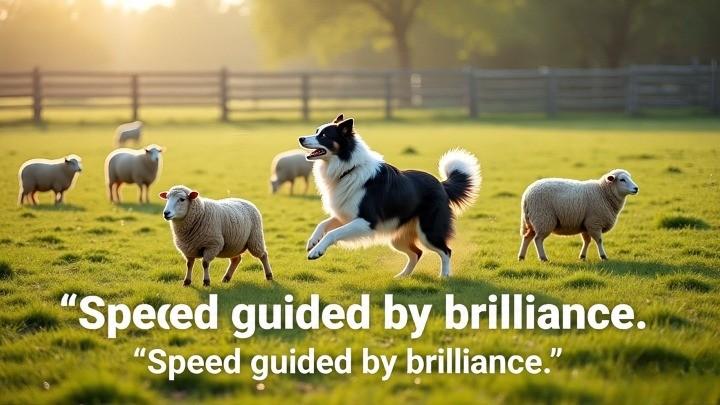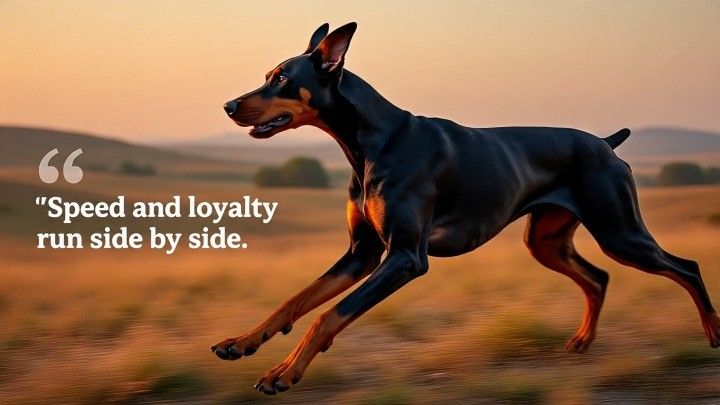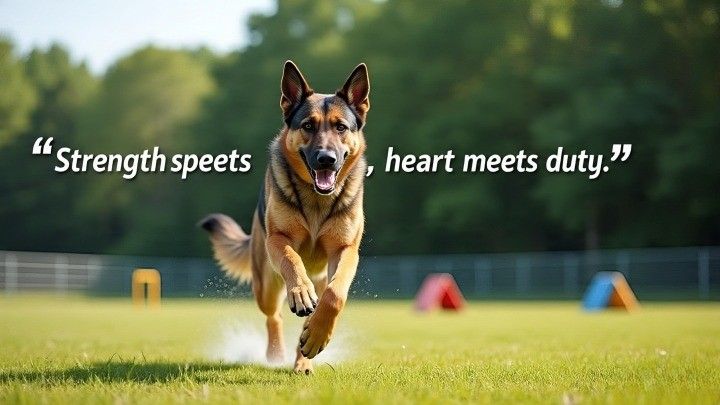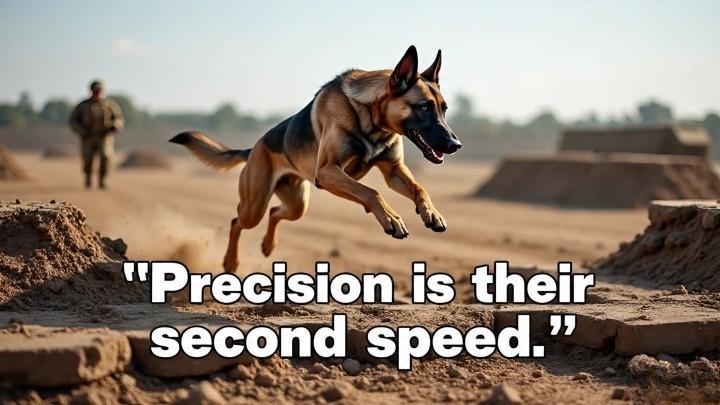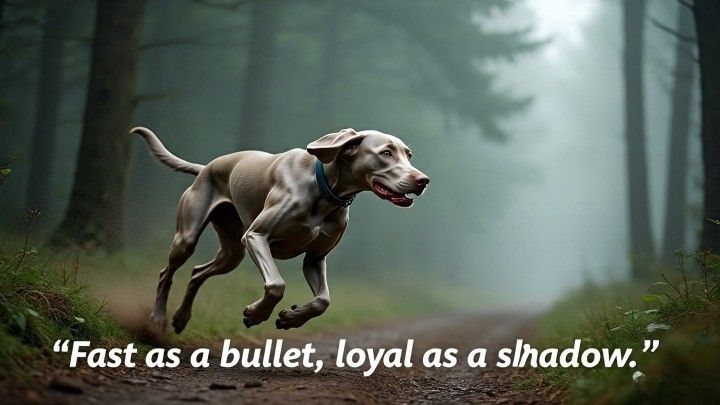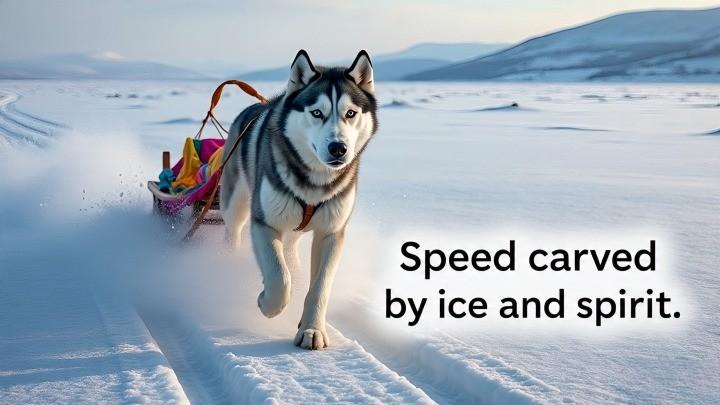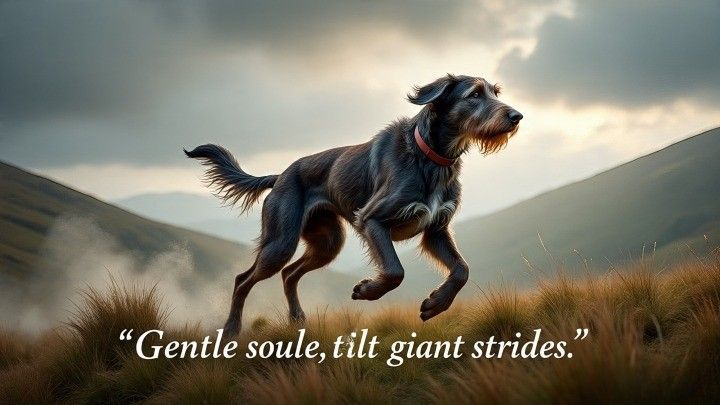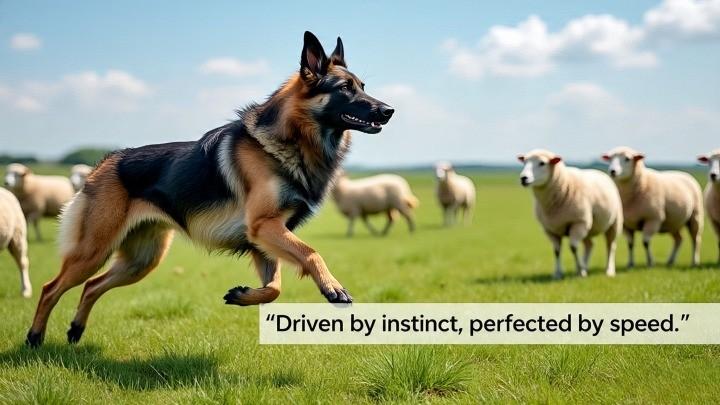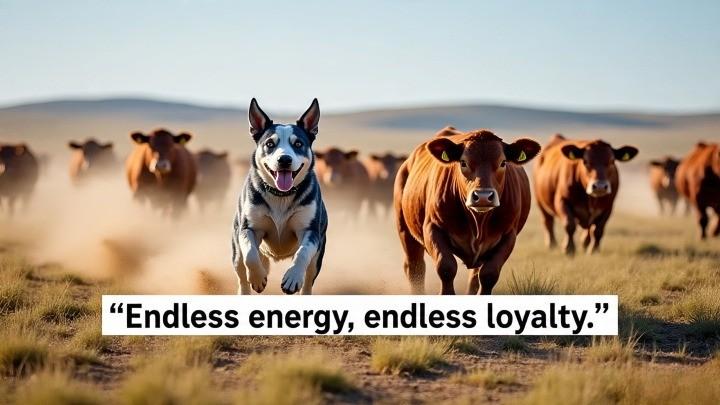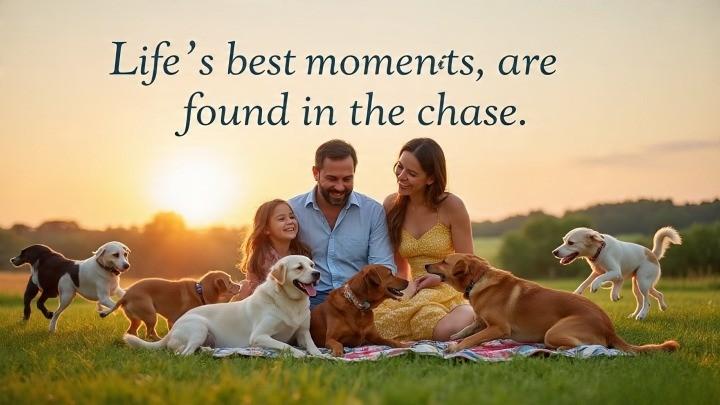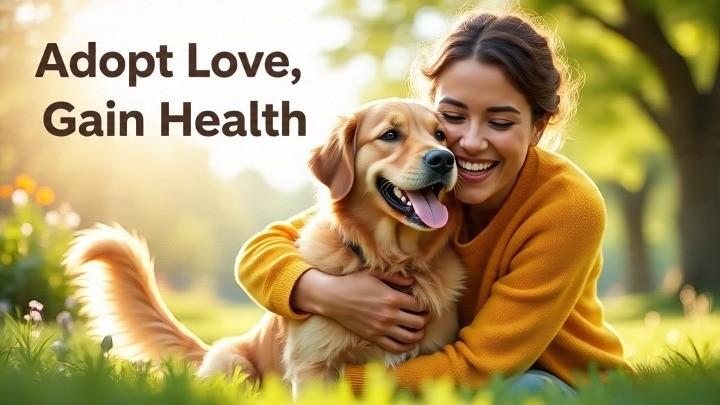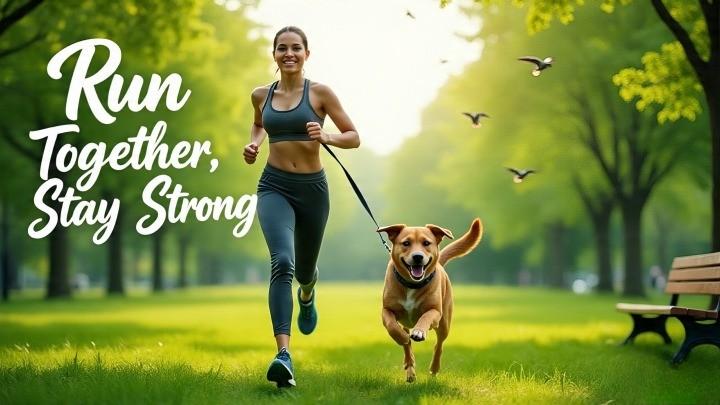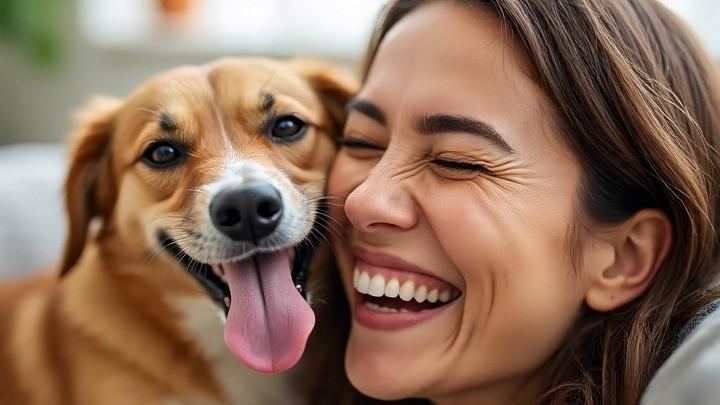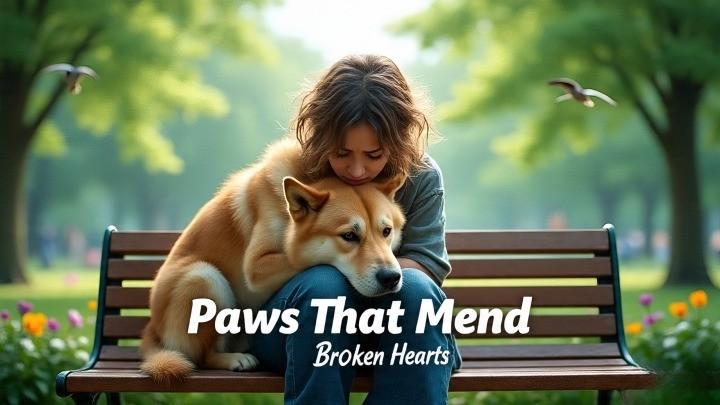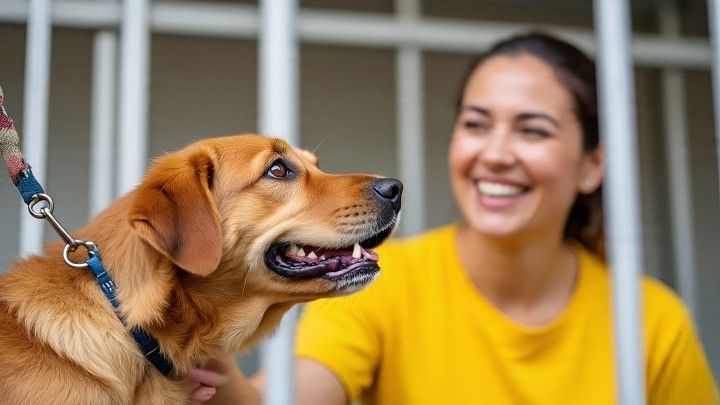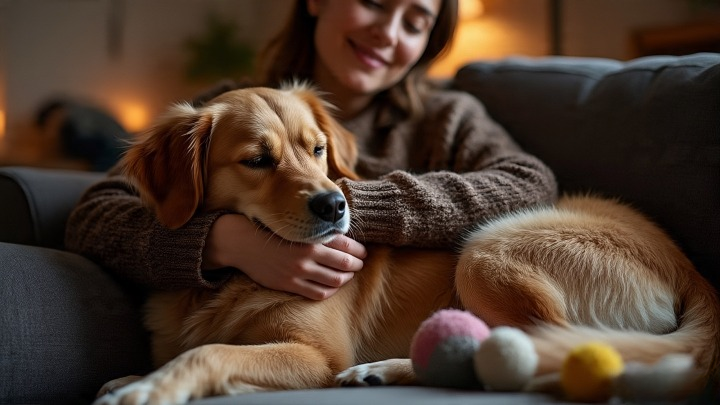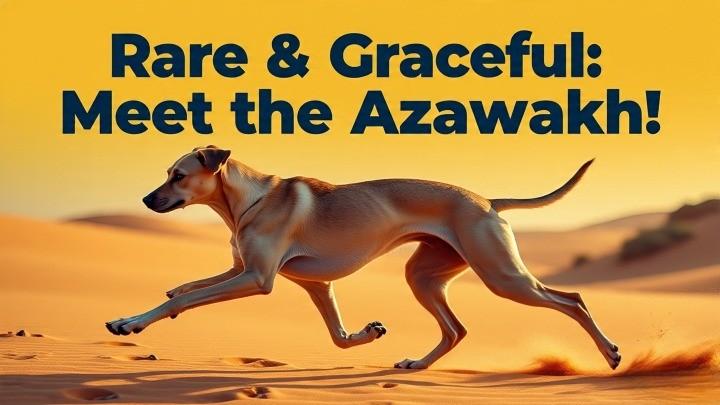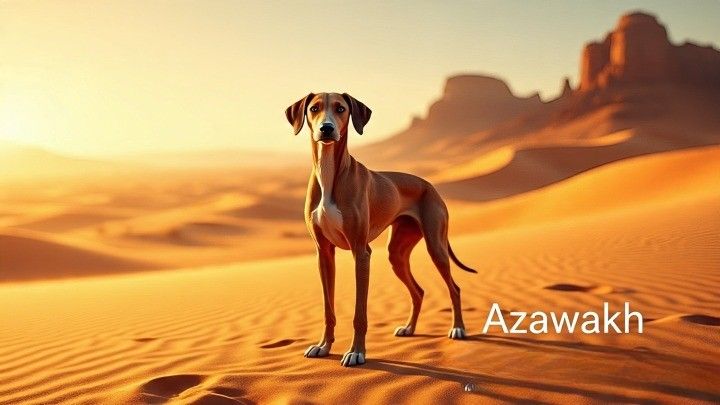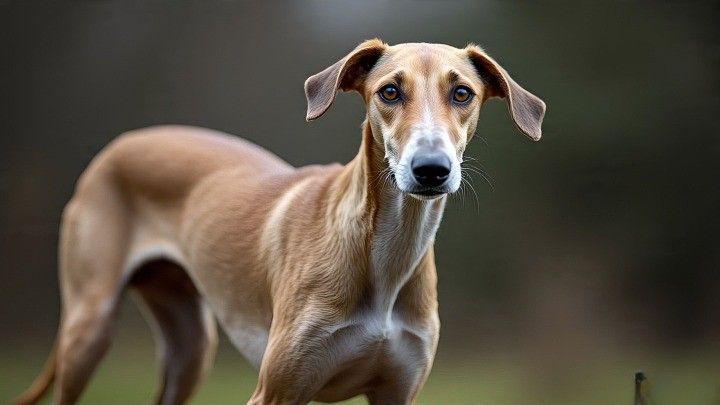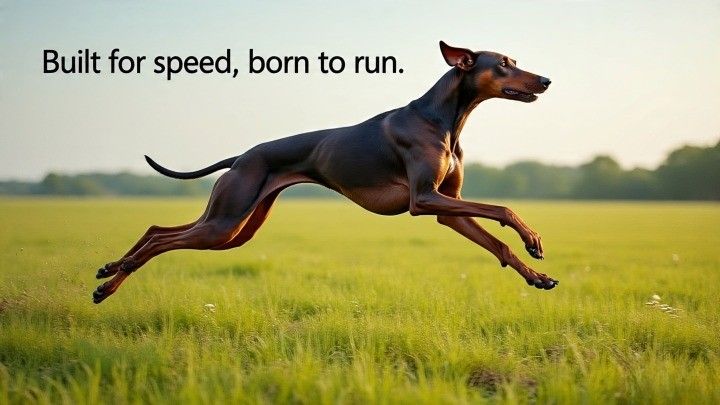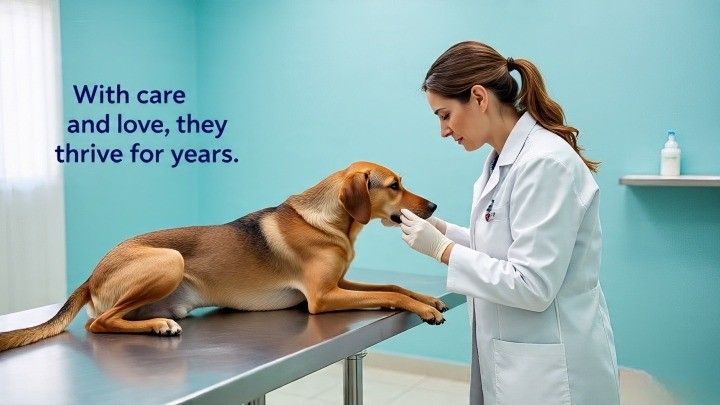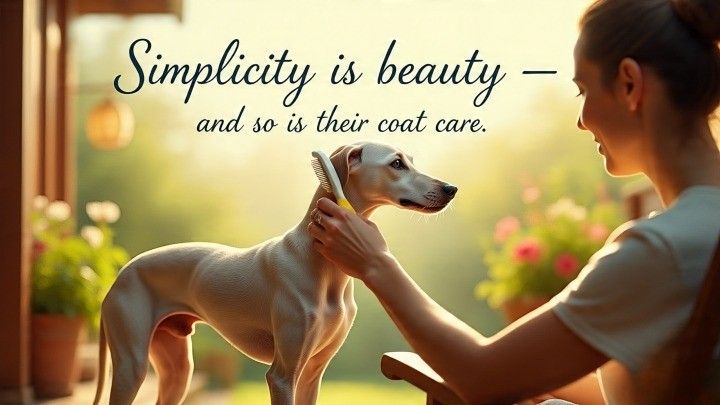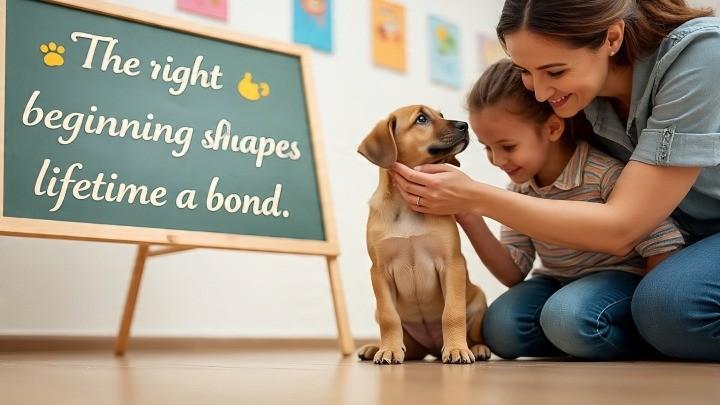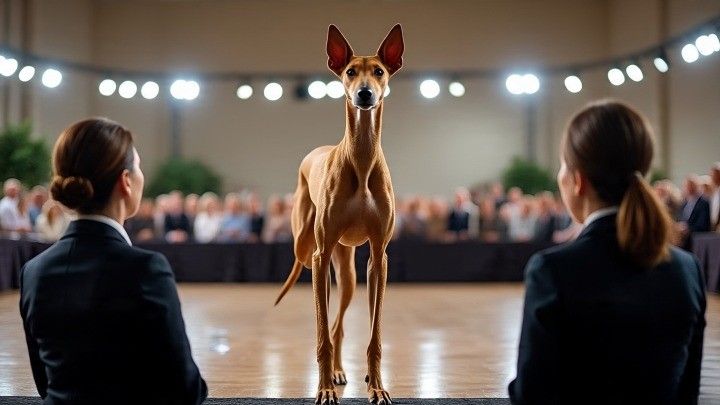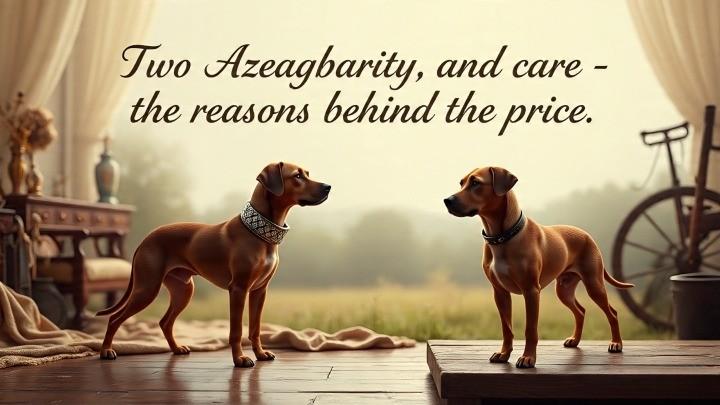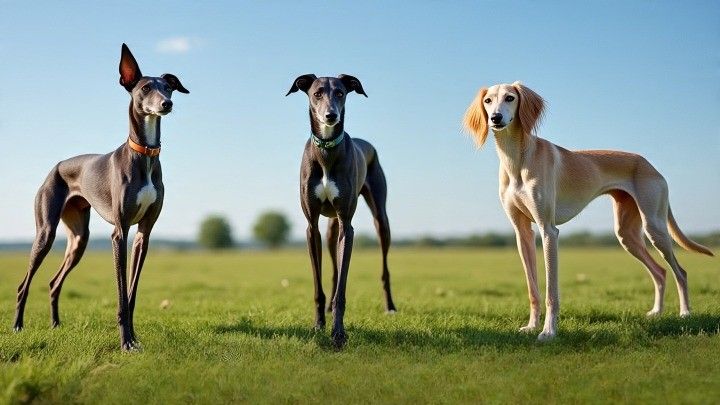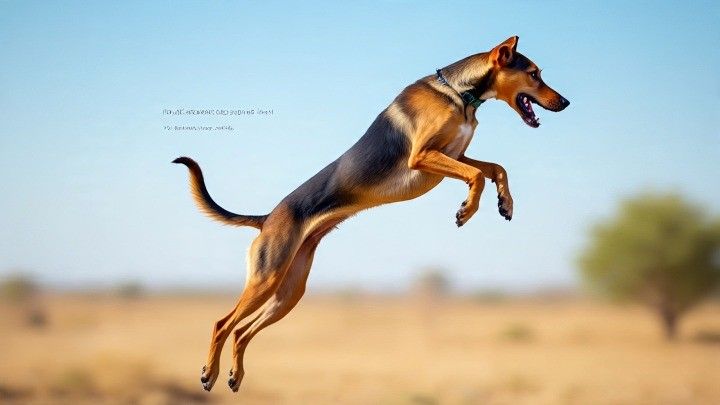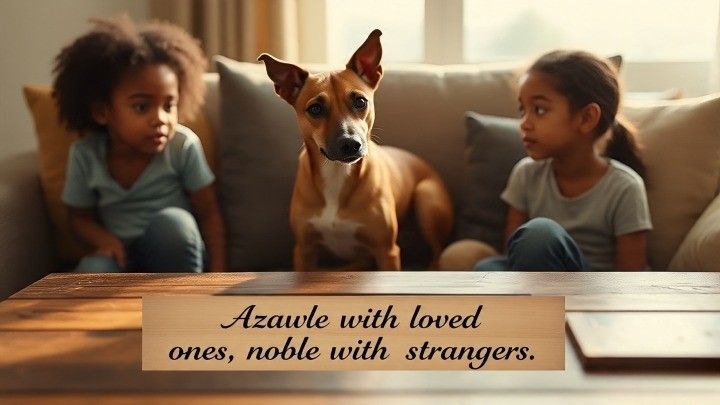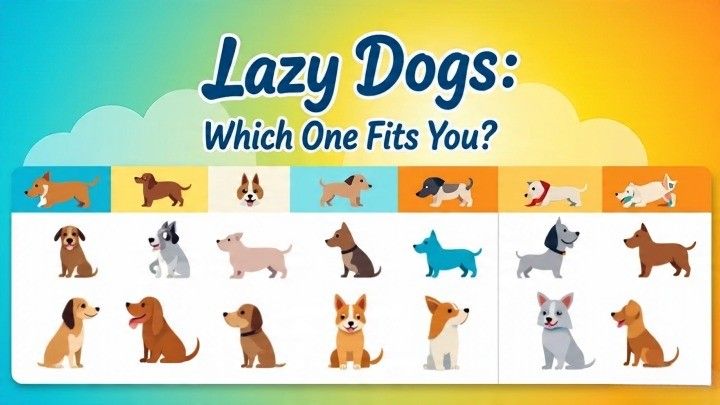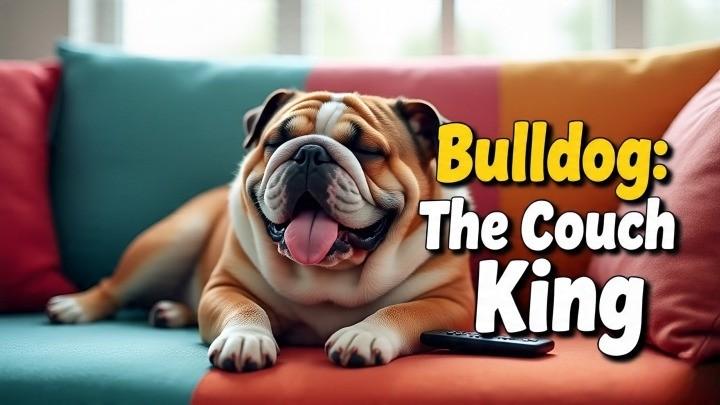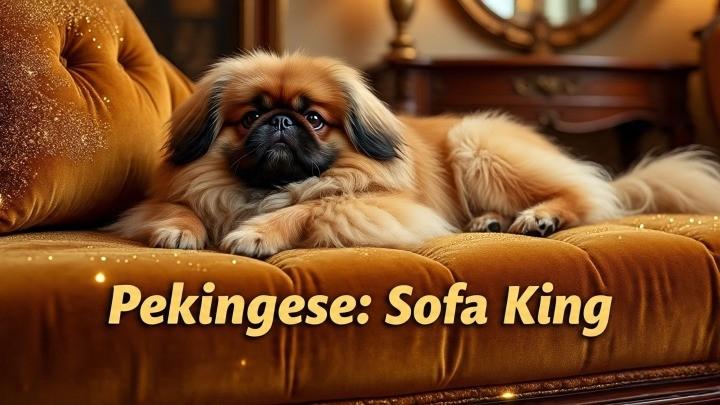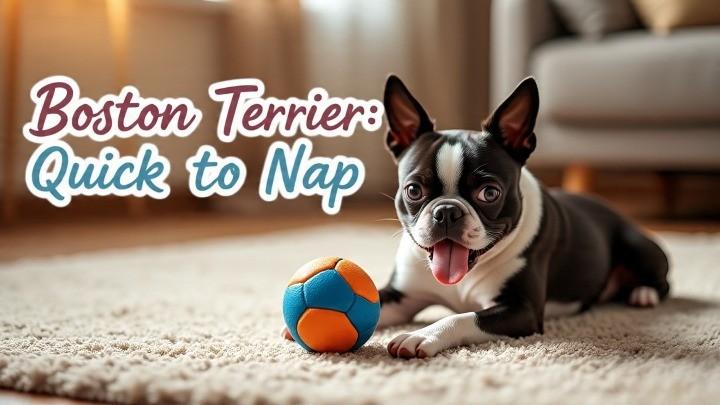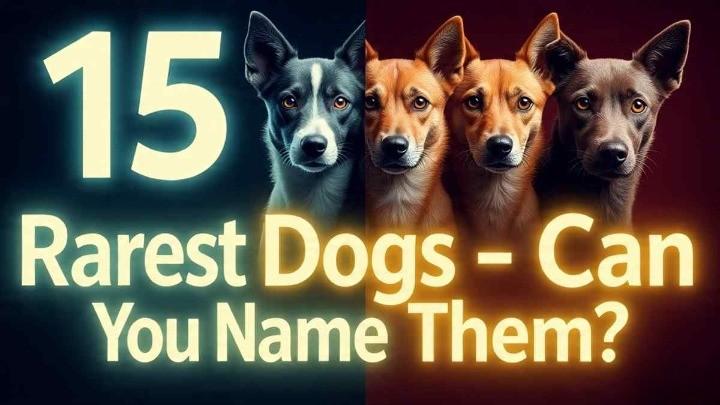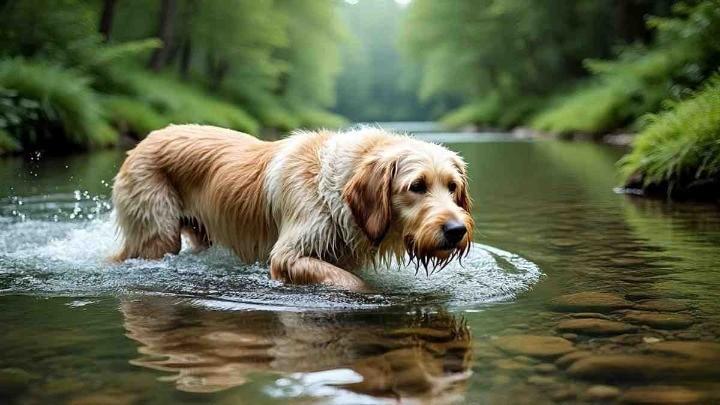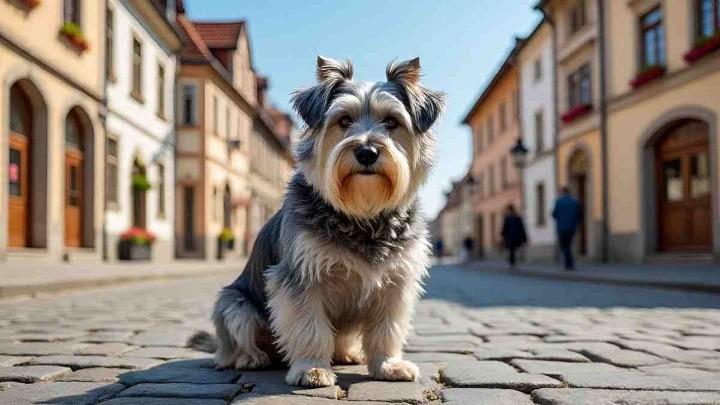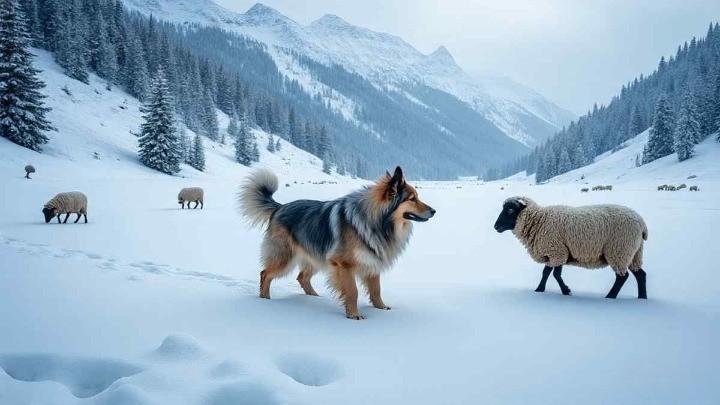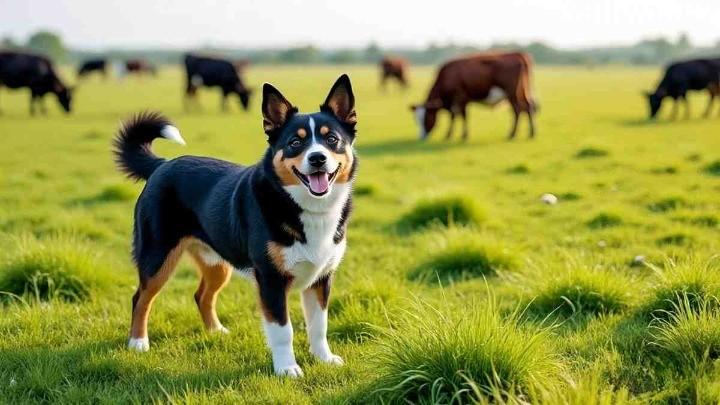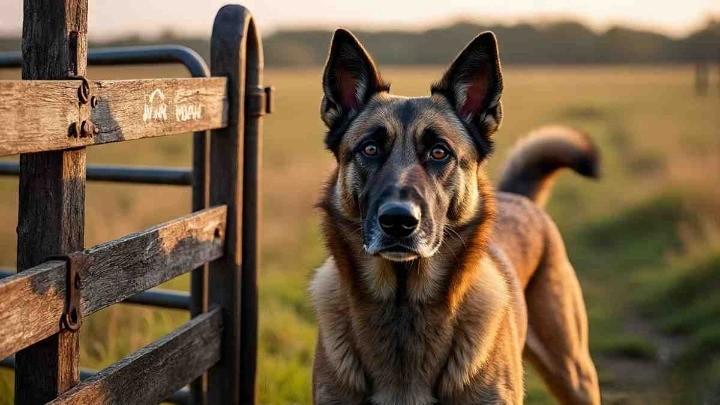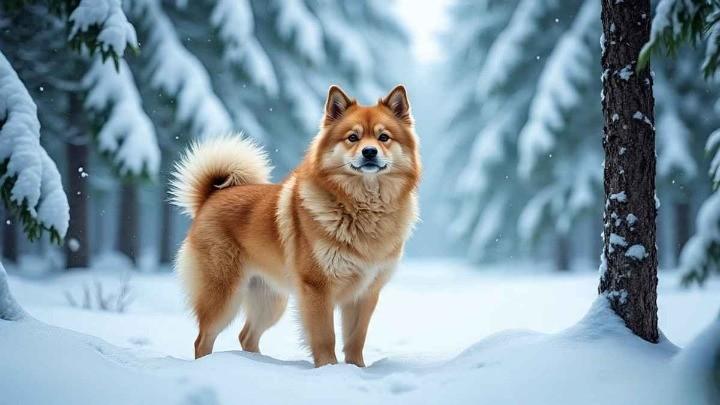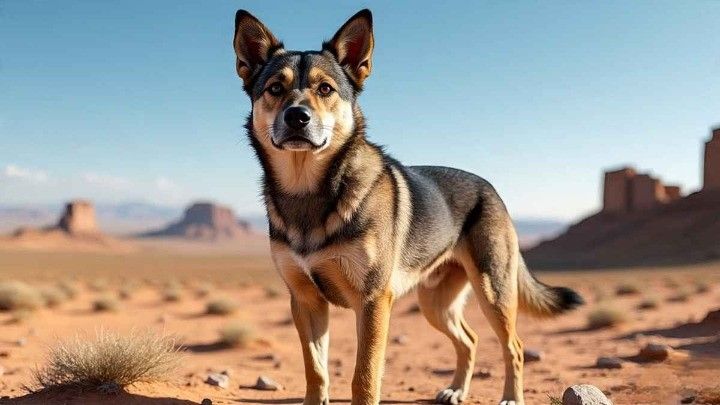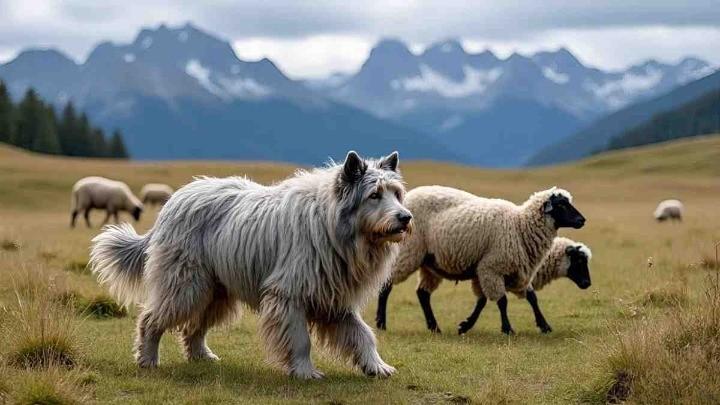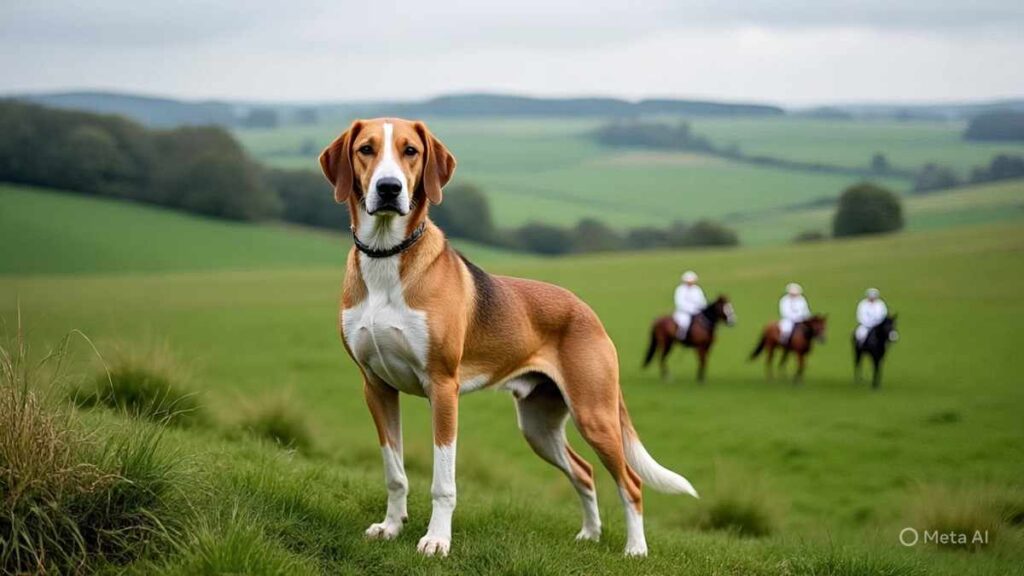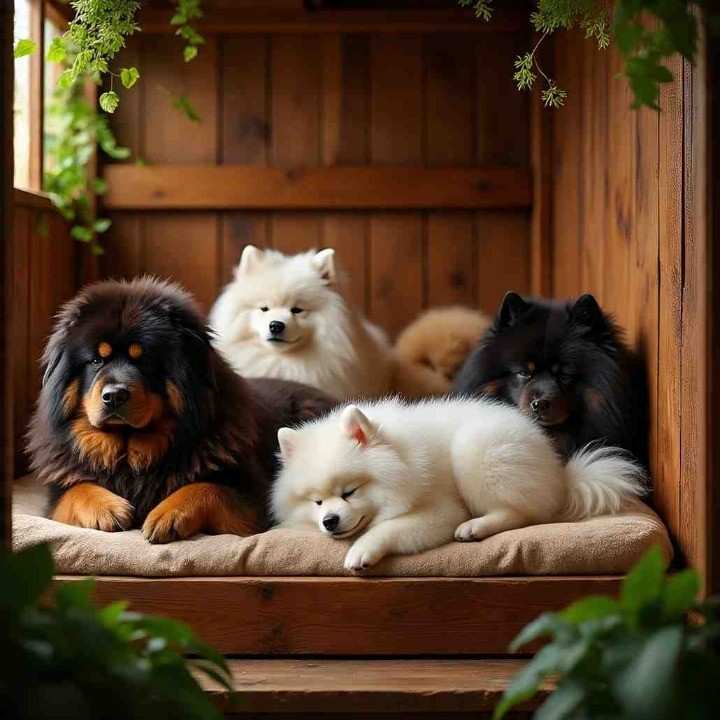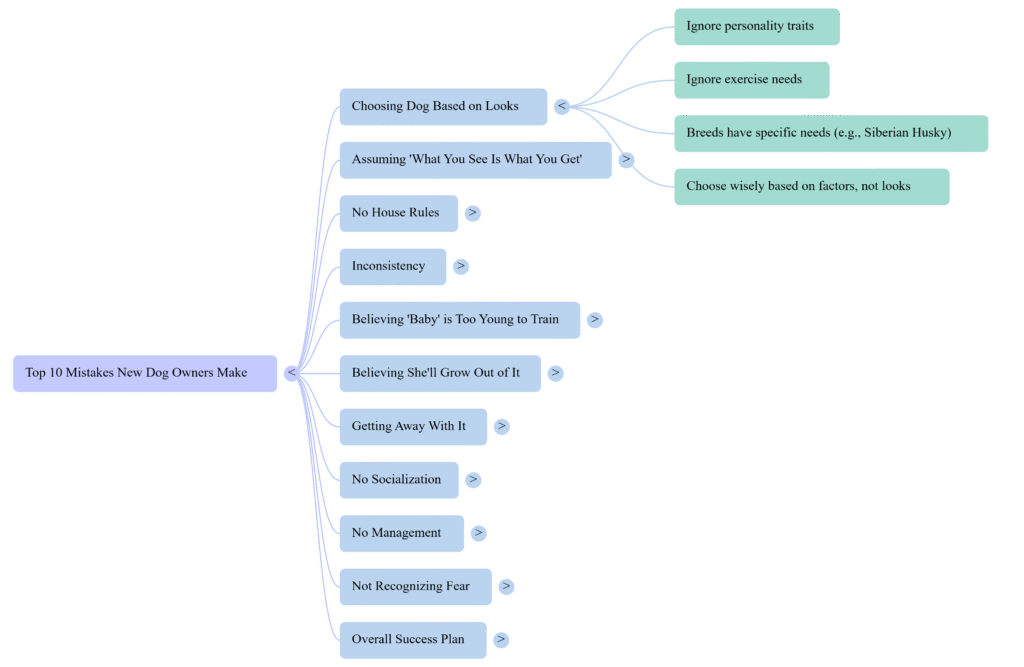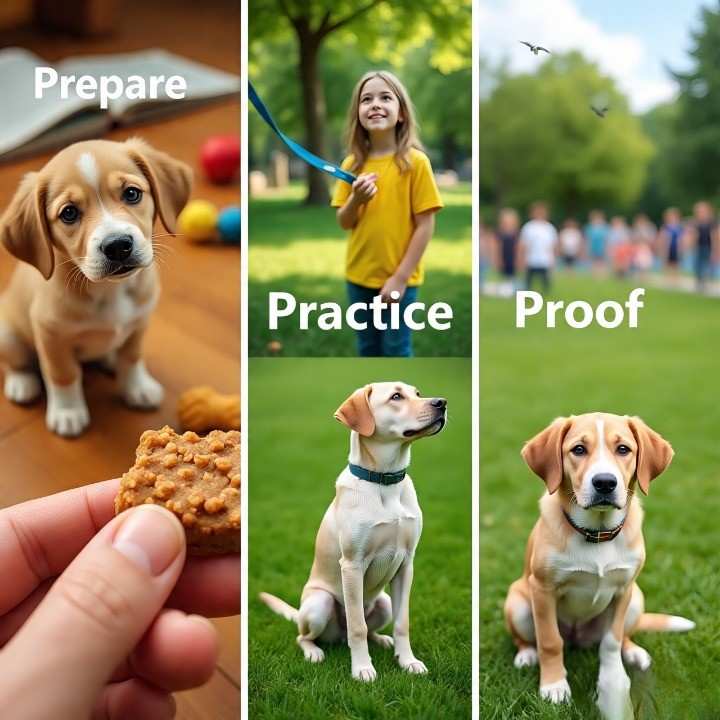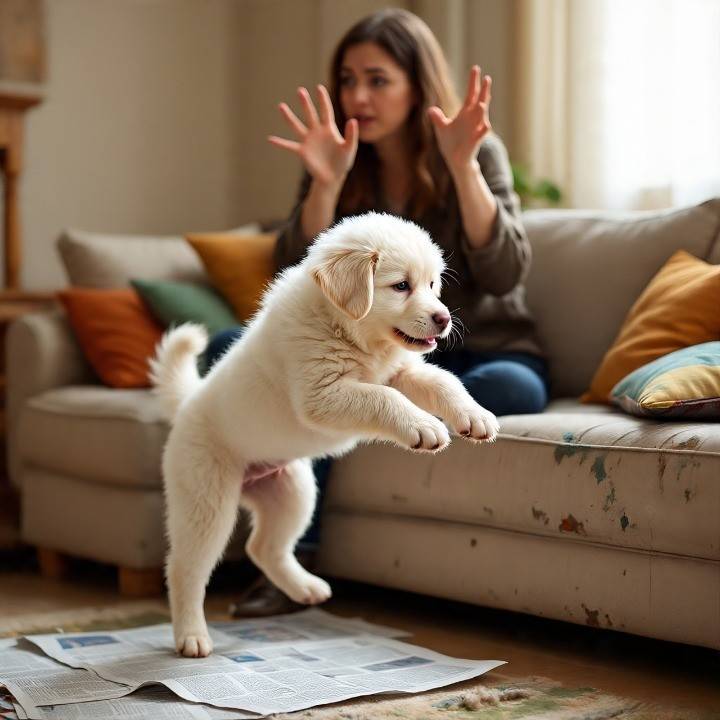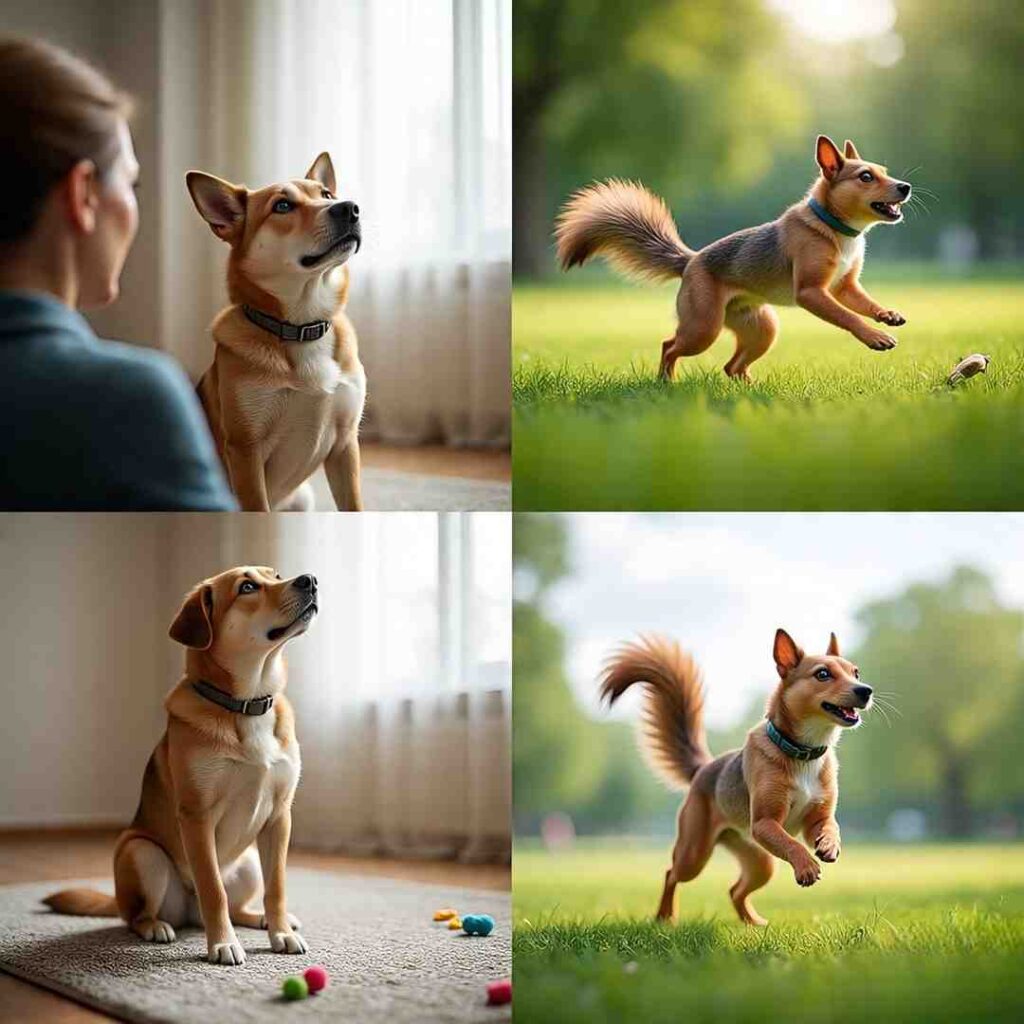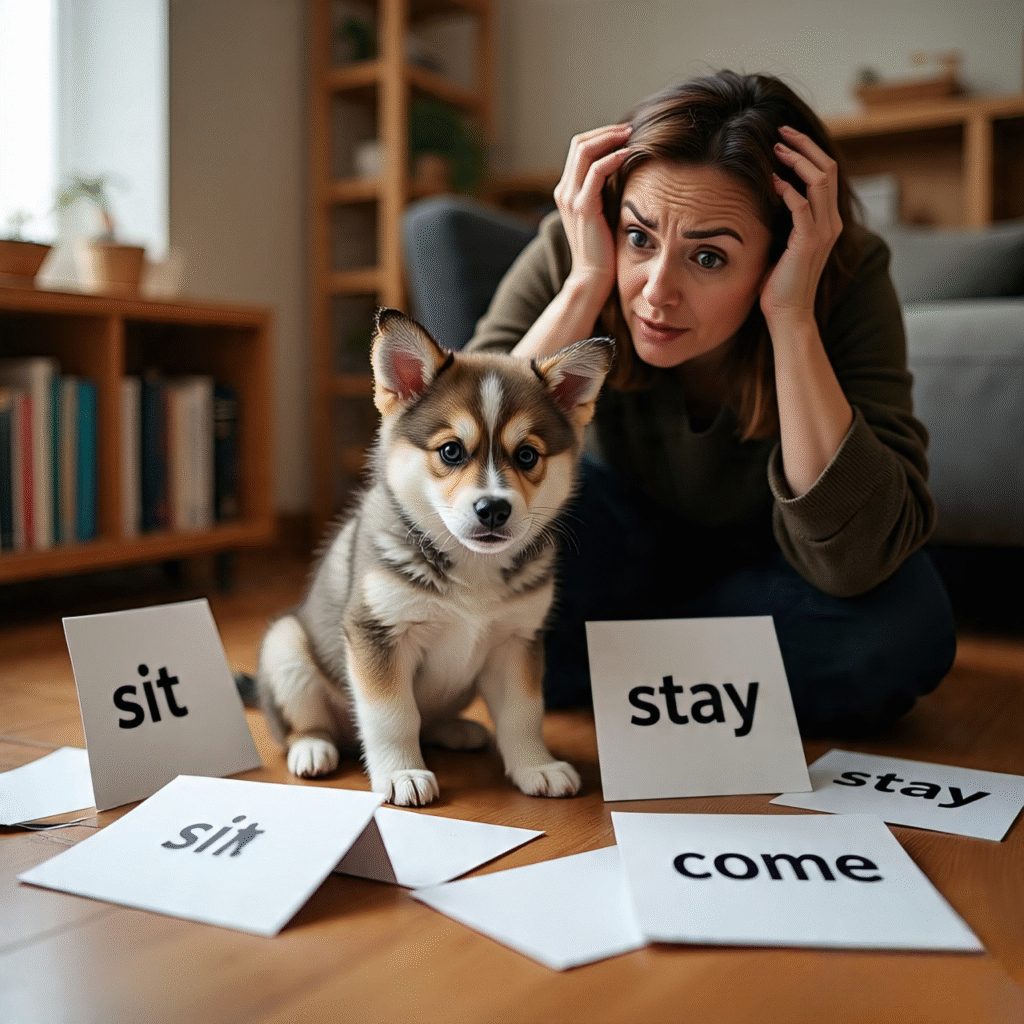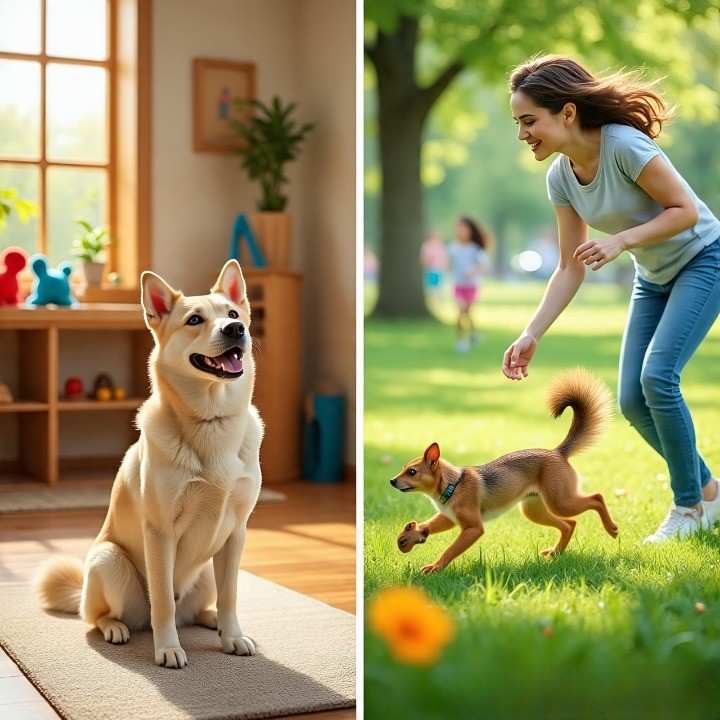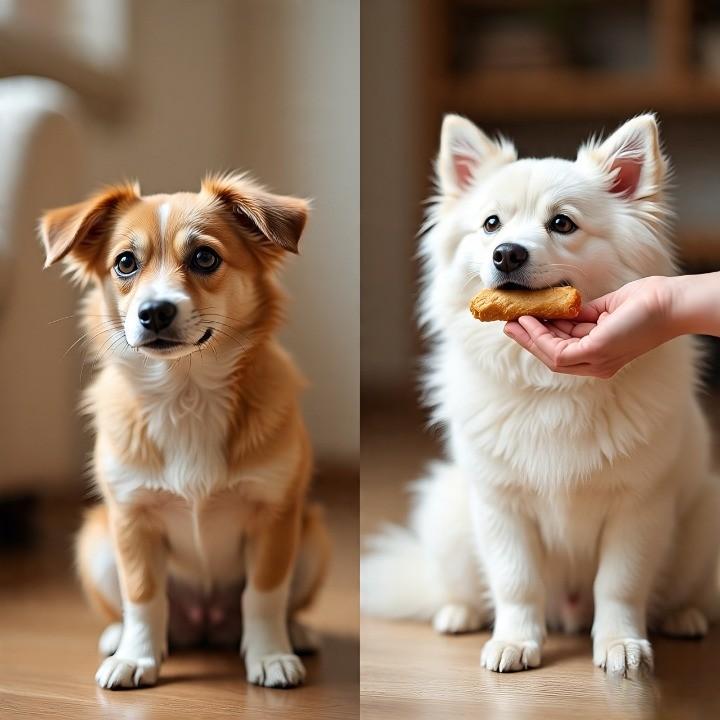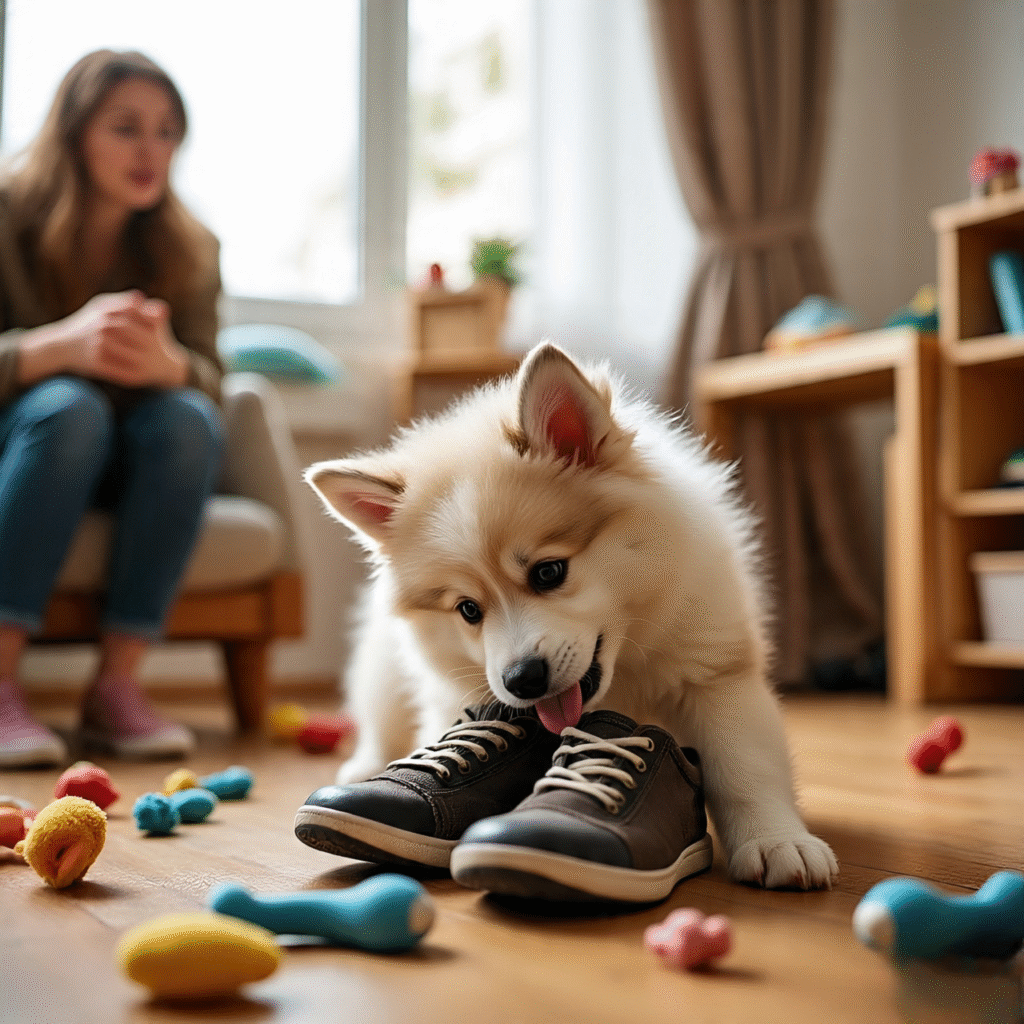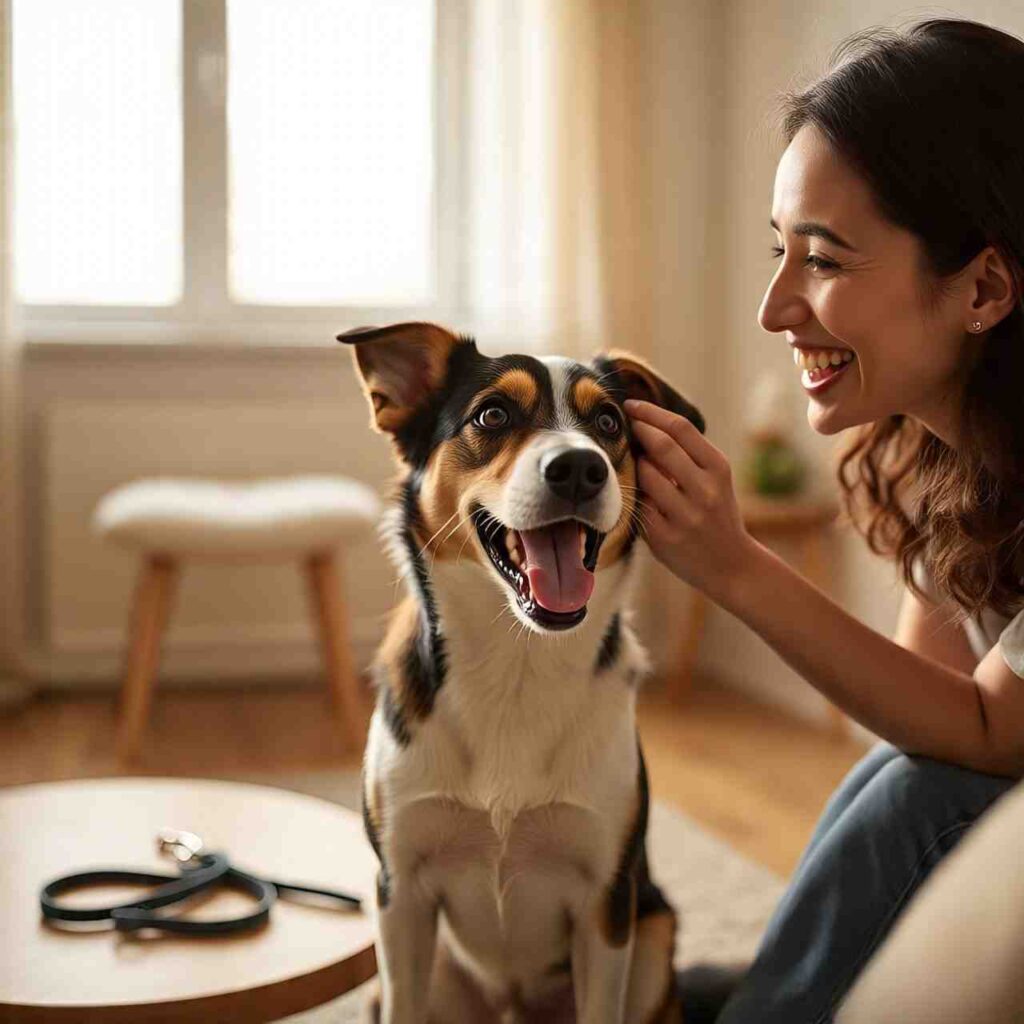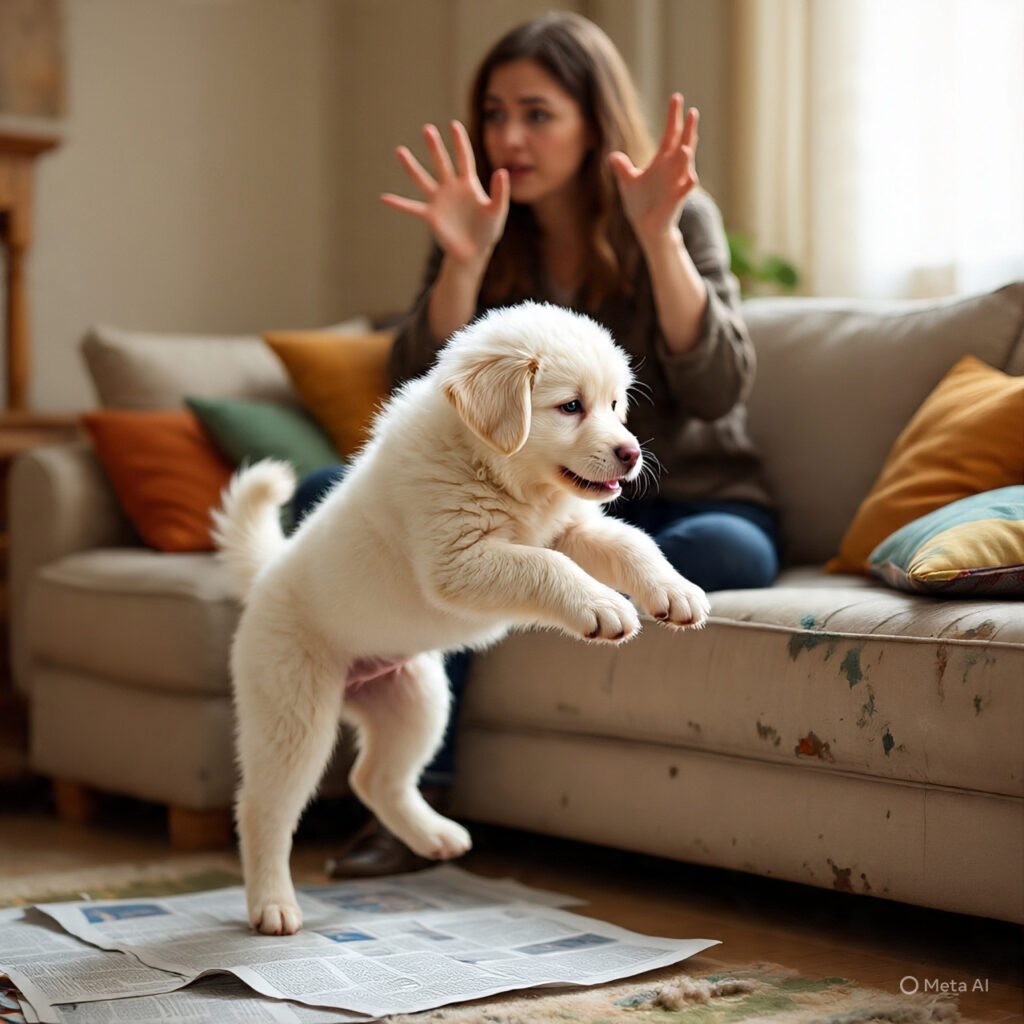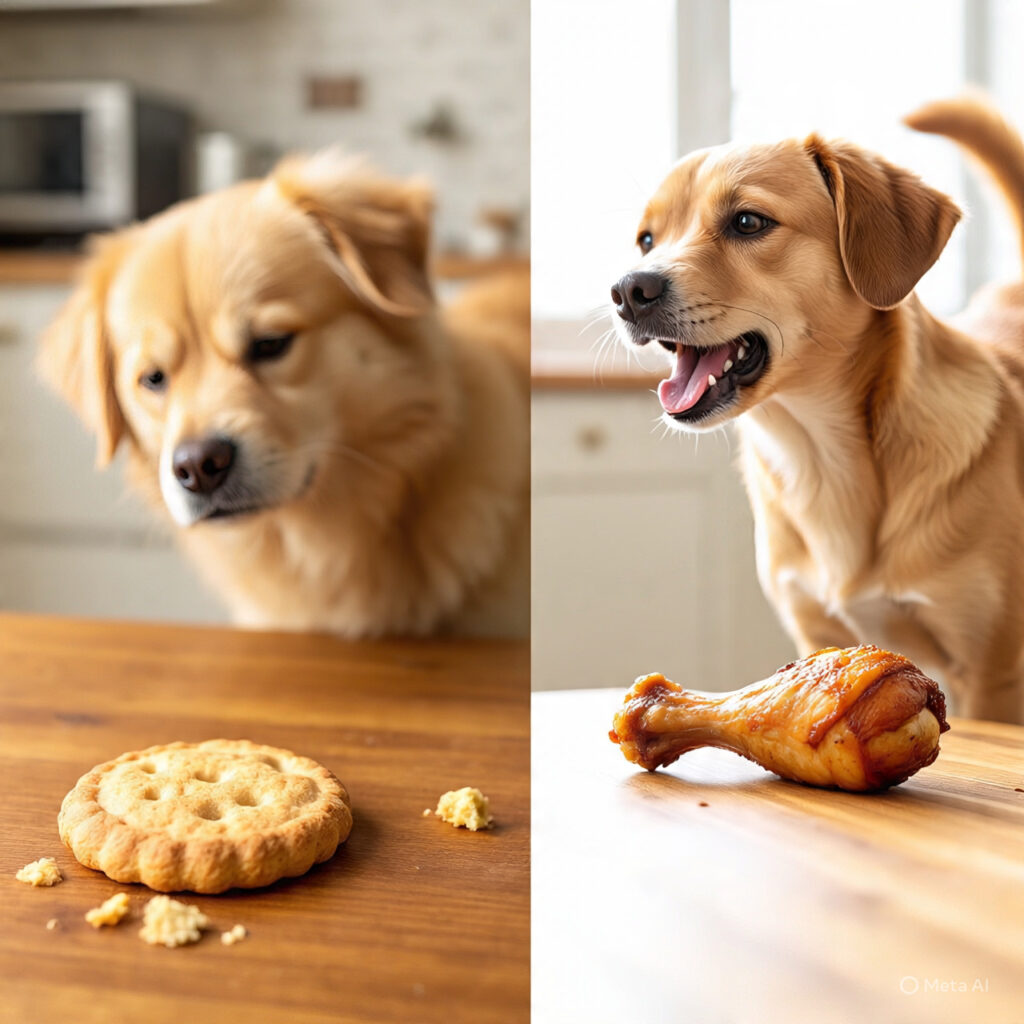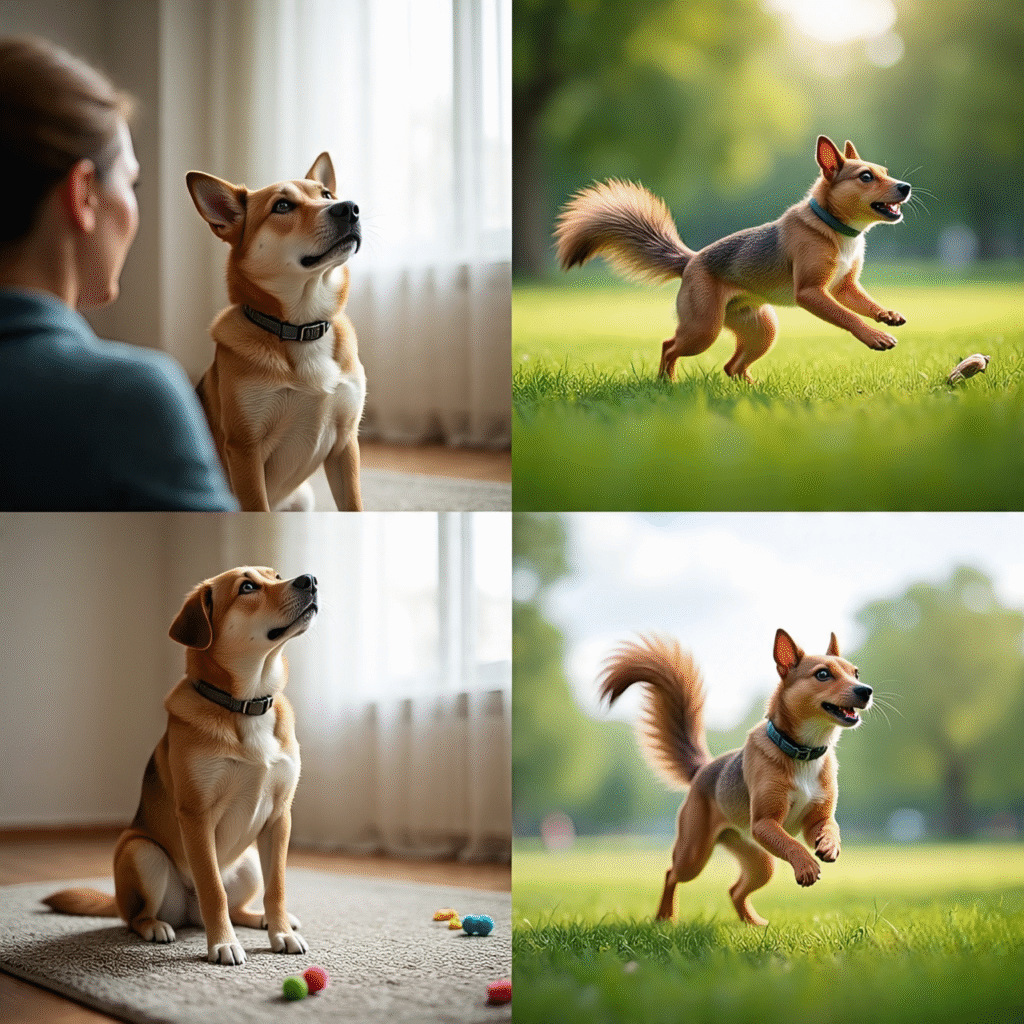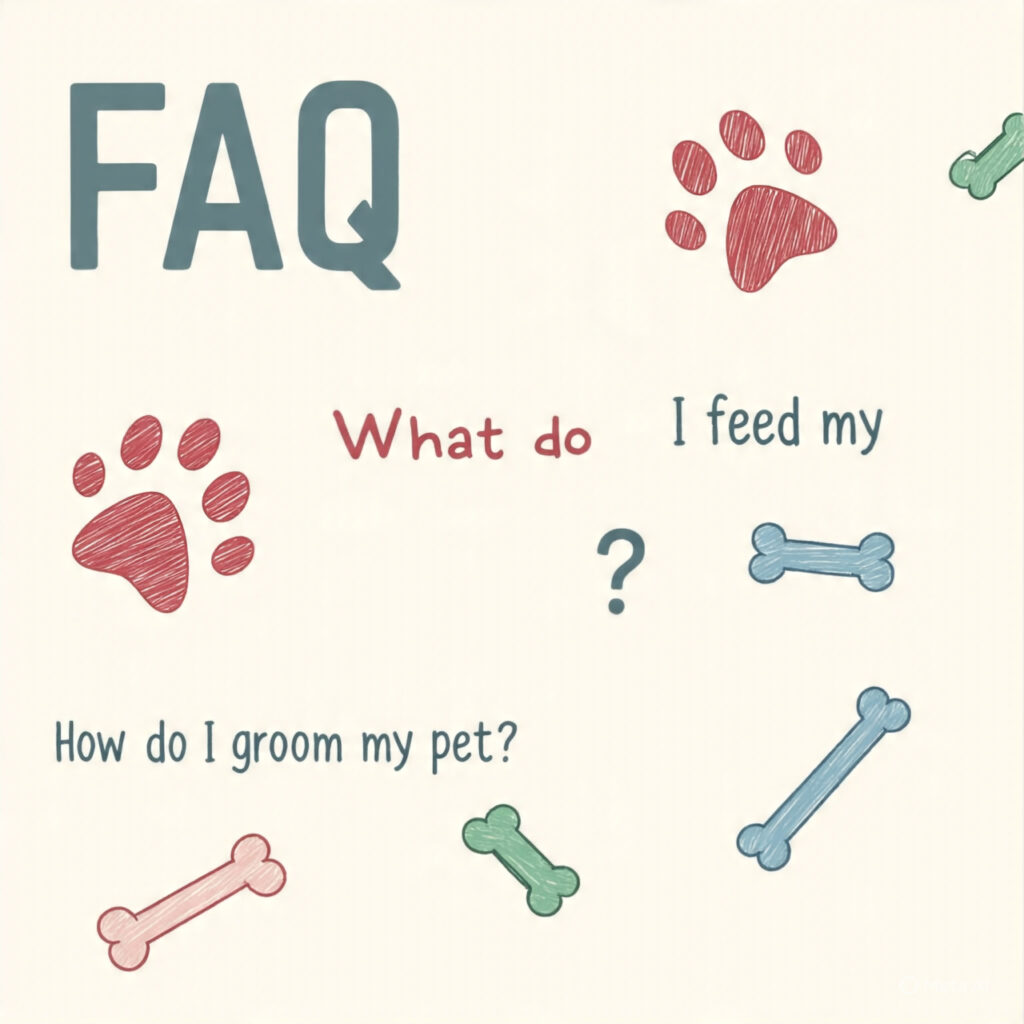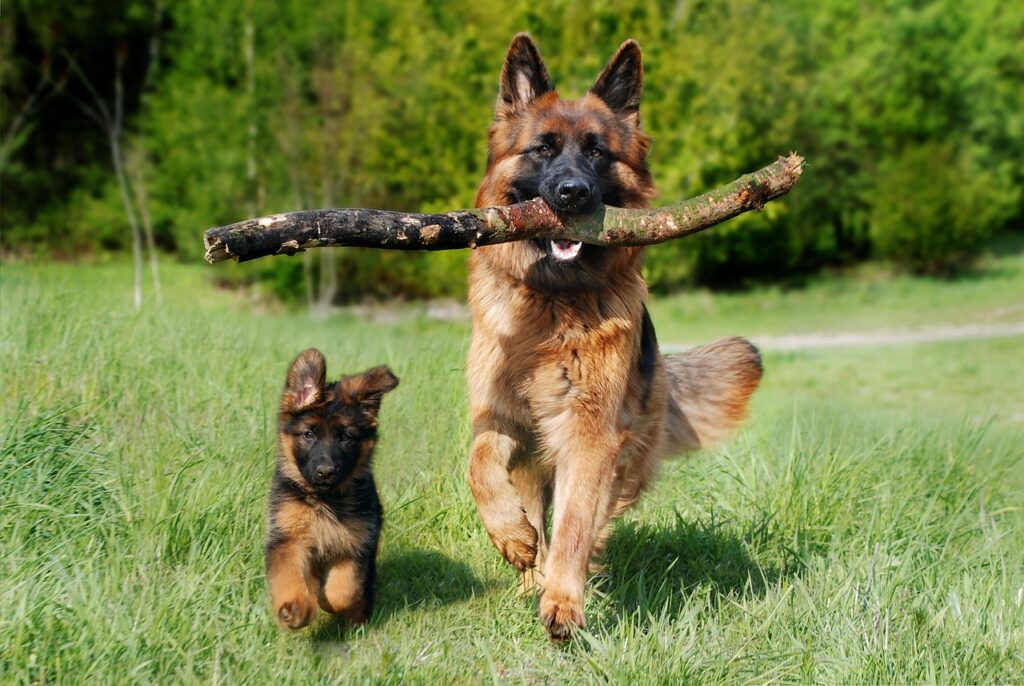
“The bond with a German Shepherd is built on trust, courage, and unconditional love.”
German Shepherd is an intelligent, versatile, and loyal dog breed that was developed in Germany, where it was originally used to herd and guard sheep. They are known for their power, speed, and ability to learn, which makes them popular working dogs for police, military, and search-and-rescue missions. German Shepherds have also gained popularity as pets because they are protective and very loyal to their masters. They have a double coat that occurs in many different colors, ranging from black and tan to sable and solid black.
Table of Contents
General Information about German Shephered
What is a German Shepherd Dog?
A German Shepherd Dog (GSD) is a large, intelligent, and versatile breed known for its loyalty, strength, and trainability. First developed in Germany in the late 19th century as a herding and working dog, they have since become one of the most popular breeds globally.
What is the history behind the German Shepherd breed?
The German Shepherd breed was first developed in Germany during the late 19th century. The breed was developed by Max von Stephanitz, a German cavalry officer and dog breeder, who aimed to create the perfect working dog.
Development of the Breed:German Shephered
- Early Breeding (Late 1800s):
- Prior to the development of the German Shepherd, Germany had a range of local herding dogs with diverse traits.
- Von Stephanitz admired a dog named Horand von Grafrath at a dog show in 1899, noting its intelligence, strength, and herding abilities.
- Horand became the first registered German Shepherd and was used as the foundation for the breed.
- Breed Standard:
- Von Stephanitz aimed to develop a versatile, intelligent, and obedient dog, ideal for herding and protection.
- The German Shepherd Dog Club (SV) was established in 1899 to promote and regulate the breed.
- Expansion and Popularity:
- Initially German Shepherd bred for herding sheep, their intelligence and trainability made them suitable for other roles, including police, military, and service work.
- The breed gained international recognition after World War I when returning soldiers praised their capabilities.
- Global Influence:
- German Shepherds became popular worldwide, especially in the U.S., where they were used as service dogs and became famous through movies like Rin Tin Tin.
Are German Shepherds good family pets?
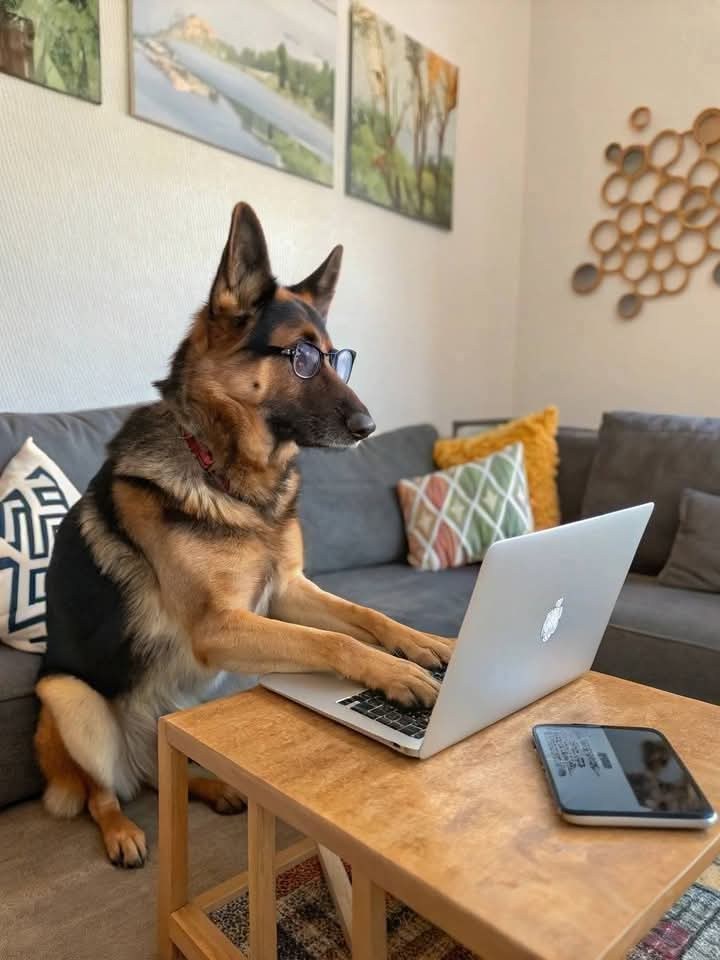
With proper training and socialization, German Shepherds can be wonderful family pets. Here are some key reasons why they are well-suited for family life:
- Loyal and Protective:
- Renowned for their steadfast loyalty, German Shepherd develop deep connections with their families.
- Naturally protective, they make great watchdogs while being gentle with family members.
- Intelligent and Trainable:
- One of the smartest dog breeds, they learn commands and routines quickly.
- Proper training helps German Shepherd to become well-behaved companions.
- Affectionate and Loving:
- Despite their tough appearance, they can be affectionate and enjoy spending time with their human pack.
- They often seek attention and enjoy being involved in family activities.
- Great with Children (When Trained):
- Typically patient and tolerant, especially if raised with kids from a young age.
- Supervision is essential, as their size and energy can be overwhelming for small children.
- Active and Energetic:
- Ideal for energetic families who love outdoor adventures such as hiking, jogging, or playing fetch..
- Regular physical activity and mental engagement are essential to avoid boredom and prevent behavioral problems..
What is the lifespan of a German Shepherd?
The average lifespan of a German Shepherd is typically between 9 to 13 years. However, with proper care, some may live slightly longer.
Factors Affecting Lifespan of German Shephered:
- Genetics:
- Good breeding practices help reduce the risk of hereditary health issues in German Shepherd.
- Health Issues:
- Common problems include hip and elbow dysplasia, degenerative myelopathy, and bloat (gastric dilatation-volvulus).
- Diet and Nutrition:
- A balanced, high-quality diet can support overall health and longevity.
- Exercise:
- Consistent exercise supports a healthy weight and alleviates stress on the joints.
- Healthcare:
- Routine veterinary check-ups and preventive care are essential.
- Living Environment:
- Dogs that live indoors with their families tend to live longer than those kept outdoors.
How big do German Shepherds get?
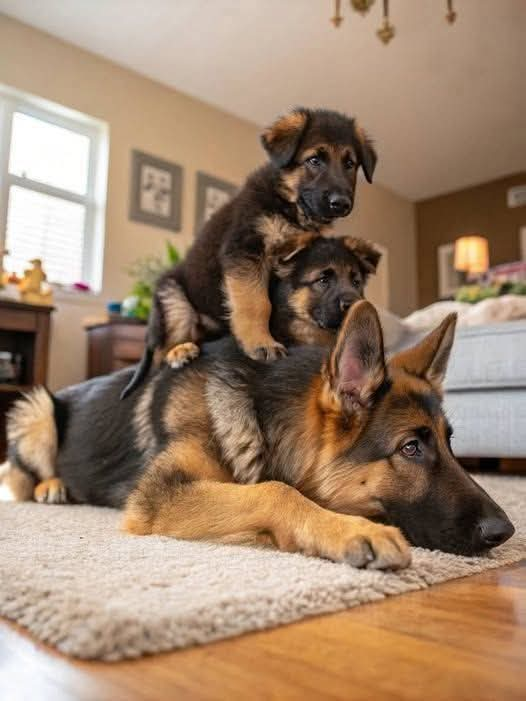
German Shepherds are a large and powerful breed, known for their muscular build and strong stature.
Size and Weight of German Shephered:
- Males:
- Height: 24 to 26 inches (60 to 65 cm) at the shoulder.
- Weight: 65 to 90 pounds (30 to 40 kg).
- Females:
- Height: 22 to 24 inches (55 to 60 cm) at the shoulder.
- Weight: 50 to 70 pounds (22 to 32 kg).
Growth and Development:
- Puppy Stage: German Shephered puppies show rapid growth during the first year.
- Full Size: Usually reached by 18 to 24 months, but they may continue to fill out and gain muscle up to 3 years.
- Body Structure: Strong, athletic, with a straight or slightly sloping back and a bushy tail
What is the typical weight of a German Shepherd?
The average weight of a German Shepherd varies based on gender and overall build:
Average Weight:
- Males: 65 to 90 pounds (30 to 40 kg)
- Females: 50 to 70 pounds (22 to 32 kg)
Factors Influencing Weight:
- Genetics: Some German Shepherds are naturally larger or smaller.
- Diet and Nutrition: Overfeeding can lead to obesity, while underfeeding may result in a leaner dog.
- Activity Level: Active, working dogs may have more muscle mass compared to less active pets.
- Health Conditions: Issues like hypothyroidism can affect weight.
What colors do German Shepherds come in?
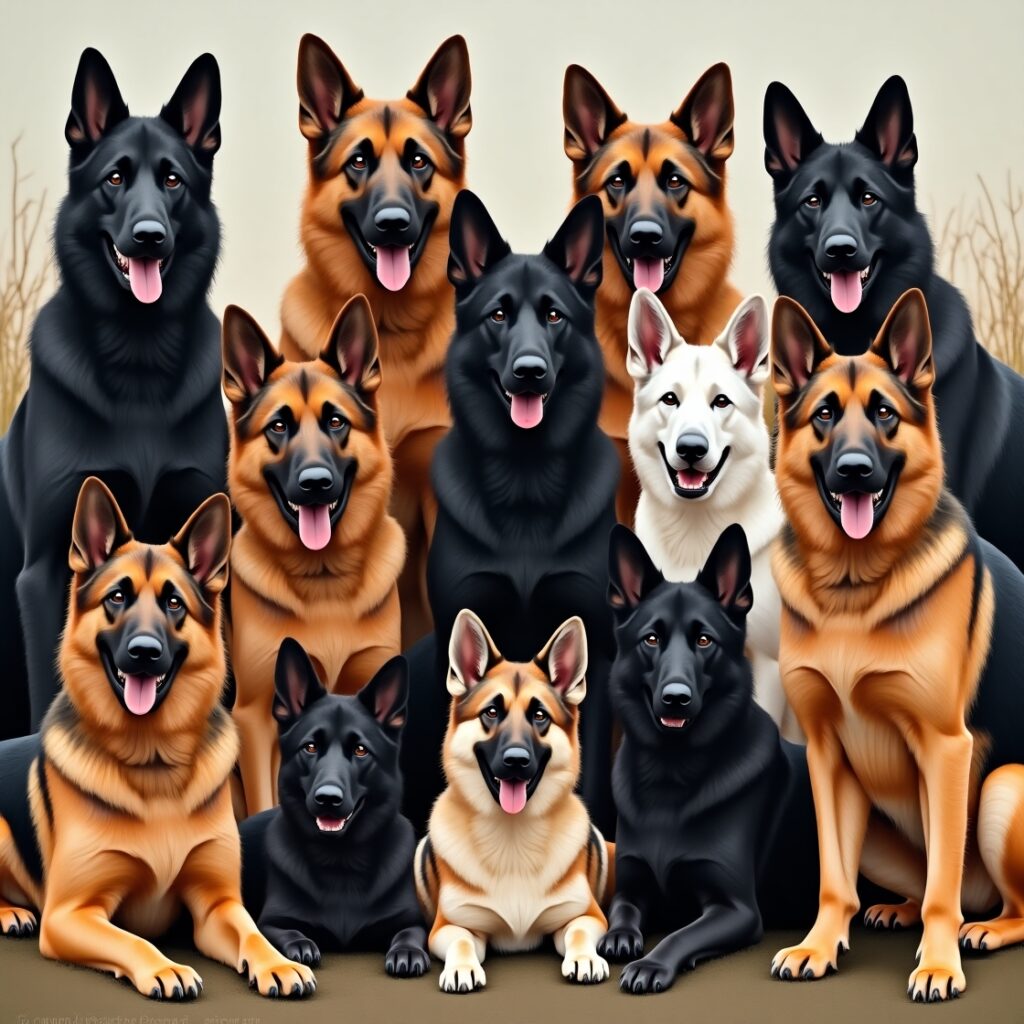
1. Standard Colors found in German Shephered:
German Shepherds come in a variety of coat colors, which can vary based on genetics and breeding lines. Most common and recognized colors:
- Black and Tan: The most typical appearance includes a black saddle with tan legs, chest, and face.
- Black and Red: Resembling the black and tan variation, but with a deeper, more intense red hue.
- Black and Silver: A more muted variation, with black and silvery-gray coloring.
- Sable: Each hair is a blend of tan, black, and gray, creating a wolf-like look.
- All Black: Solid black from head to tail.
- All White: Pure white coat, though not recognized by some kennel clubs as a standard color.
2. Rarer Colors:
- Blue: A diluted black, giving a grayish-blue appearance.
- Liver: Brownish-red coat with liver-colored nose and paw pads.
- Panda: Rare piebald coloration with white, black, and tan patches.
Coat Types:
- Short Coat: Dense and straight, typical for working lines.
- Long Coat: Longer, often softer fur, less common and seen as a variant.
Are German Shepherds good with kids?
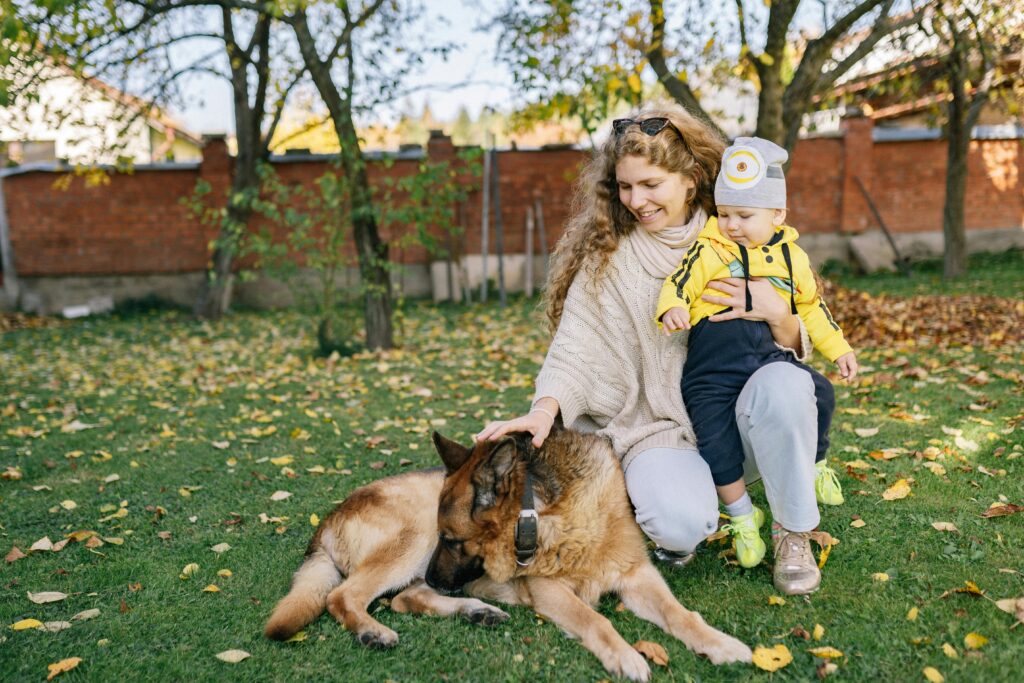
German Shepherds can be wonderful with children when given proper training and socialization. Their loyalty, intelligence, and protective instincts make them fantastic family pets.
Why German Shepherds Are Good with Kids:
- Protective Instinct:
- They naturally guard their family members, including children.
- Loyal and Loving:
- Once bonded, they are affectionate and gentle with their human pack.
- Trainable:
- Their intelligence makes it easier to teach them how to behave around kids.
- Playful and Energetic:
- They often enjoy playing with children, especially when they have been raised together.
Important Considerations:
- Early Socialization:
- Introduce your German Shepherd to children from a young age to build positive associations.
- Supervision:
- Always supervise interactions, especially with toddlers, as the dog’s size and energy can accidentally knock over small children.
- Training:
- Teach the dog basic obedience and manners to prevent jumping or rough play.
- Teach Kids Respect:
- Educate children on how to approach and interact with the dog gently.
Do German Shepherds get along with other pets?
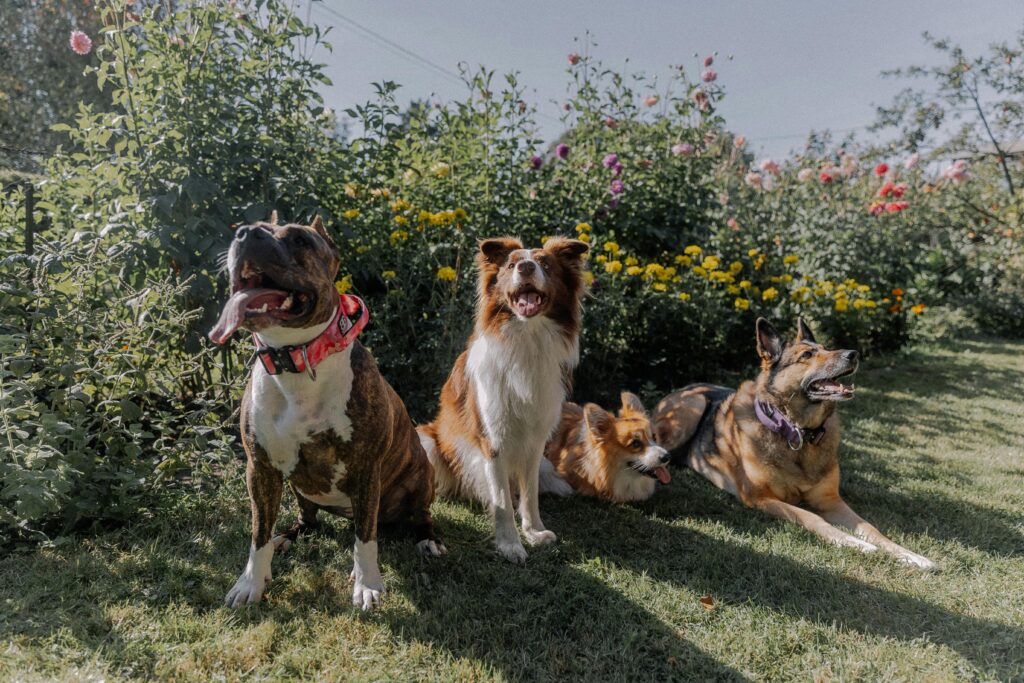
German Shepherds can get along well with other pets if they are properly socialized and trained from a young age. However, their natural instincts and protective nature can sometimes pose challenges.
Factors Influencing Compatibility:
- Early Socialization:
- The sooner they are exposed to other animals (dogs, cats, etc.), the more likely they are to accept them as part of the family.
- Training:
- Teaching commands such as “leave it” and “gentle” can assist in controlling their behavior during interactions.
- Temperament:
- German Shepherds tend to be dominant and may see smaller pets as prey if not accustomed to them.
- Individual Personality:
- Some German Shepherds have a calmer demeanor and adapt more easily to multi-pet households.
Tips for Introducing a German Shepherd to Other Pets:
- Neutral Territory: Introducing them in a neutral area can help minimize territorial behavior.
- Slow Introductions: Start with brief, supervised interactions and gradually extend the time spent together.
- Positive Reinforcement: Reinforce calm and friendly behavior with treats and positive reinforcement.
- Monitor Body Language: Watch for signs of stress or aggression, such as stiff posture or growling.
- Safe Spaces: Make sure other pets have a way to escape if they feel threatened.
Common Scenarios:
- With Other Dogs: Generally good when raised together, but may assert dominance.
- With Cats: Can coexist if introduced properly, but may chase due to a strong prey drive.
- With Smaller Pets (like rabbits or birds): Supervision is essential, as their instincts might kick in.
Are German Shepherds suitable for first-time dog owners?
German Shepherds can be suitable for first-time dog owners, but they do require commitment, consistency, and an active lifestyle. While their loyalty, intelligence, and versatility make them rewarding companions, they can also be a bit challenging for inexperienced owners.
Why They Can Be Great for First-Time Owners:
- Highly Trainable:
- Their intelligence makes them quick learners, especially with consistent, positive training.
- Loyal and Protective:
- They form strong bonds with their owners and have an innate protective nature, making them excellent family protectors.
- Versatile:
- With the proper guidance, they can adapt to a variety of roles, ranging from a companion to a working dog.
Challenges to Consider:
- Energy Level:
- German Shepherds are active dogs that require ample exercise and mental engagement.
- Daily walks, playtime, and training activities are crucial to avoid boredom.
- Socialization Needs:
- Early and consistent socialization is crucial to ensure they are well-behaved around strangers and other animals.
- Potential Behavioral Issues:
- Without proper training, they can become territorial, anxious, or overly protective.
- Grooming and Maintenance:
- They shed year-round, with seasonal heavy shedding, so regular brushing is necessary.
- Size and Strength:
- Their size and power can be overwhelming if not properly trained to walk on a leash and behave around people.
Tips for First-Time Owners:
- Commit to Training: Start obedience classes early and practice commands regularly.
- Be Consistent: Set clear rules from the start and remain consistent with them.
- Stay Active: Incorporate daily exercise to keep them physically and mentally stimulated.
- Learn Canine Body Language: Understanding signs of stress or excitement helps manage their behavior.
Temperament and Behavior
Are German Shepherds aggressive?
German Shepherds are not inherently aggressive, but they can display protective or dominant behaviors if not properly trained or socialized. Their natural instincts include guarding their family and territory, which can sometimes be mistaken for aggression. However, with proper training, they can be well-behaved and friendly.
Why German Shepherds May Appear Aggressive:
- Protective Nature:
- Their natural protectiveness over family and territory can make them cautious around strangers.
- This protective instinct can sometimes lead to aggressive behavior if not managed properly.
- Lack of Socialization:
- If not properly socialized from a young age, they may become fearful or defensive around unfamiliar people, animals, or situations.
- Early socialization is key to reducing potential aggressive tendencies.
- Dominance Issues:
- They are a strong-willed breed, and without proper leadership, they might try to take charge of the household, leading to dominance-related behavior.
- Fear or Pain:
- Like many dogs, German Shepherds may act aggressively if they feel threatened or are in pain.
- It’s important to respect their boundaries and address any health concerns promptly.
How to Prevent Aggression in German Shepherds:
- Early Socialization:
- Expose your German Shepherd to a variety of people, places, animals, and situations from a young age.
- Consistent Training:
- Set clear boundaries and rules for behavior. Use positive reinforcement to reward good behavior.
- Regular Exercise:
- Provide physical and mental stimulation to prevent frustration and stress, which can lead to unwanted behavior.
- Respect Their Space:
- Provide a calm, designated space where they can retreat when feeling overwhelmed.
- Professional Training:
- If you’re struggling with aggressive behaviors, consider seeking professional help from a dog trainer, especially one with experience in working with protective or dominant breeds.
Are German Shepherds protective?
Yes, German Shepherds are known for being highly protective dogs. This protective nature is one of the breed’s defining characteristics and is a key reason they are often used in roles such as police, military, and guard dog
Why German Shepherds Are Protective:
- Instinctive Guarding:
- German Shepherds have strong guarding instincts. They are naturally protective of their family and home, often becoming very attached to their owners and looking out for their well-being.
- Loyalty:
- Their loyalty to their family makes them highly motivated to protect loved ones from perceived threats. They will often go to great lengths to defend their territory or the people they care about.
- Alertness:
- These dogs are very alert and will notice changes in their environment, such as unfamiliar people or noises. This makes them excellent watchdogs, as they will often bark to alert you to something unusual.
- Confidence:
- German Shepherds are confident, strong dogs who are not easily intimidated. They will stand their ground when they sense a potential threat to their family or home.
Managing a German Shepherd’s Protective Behavior
Do German Shepherds have separation anxiety?
Yes, German Shepherds can experience separation anxiety, especially if they are closely bonded with their owners. This breed is very loyal and attached to their family, so being left alone for extended periods can cause them stress. Separation anxiety in German Shepherds can lead to undesirable behaviors like barking, destructive chewing, or pacing.
Why German Shepherds May Develop Separation Anxiety:
- Strong Bonding:
- German Shepherds form strong emotional connections with their owners. If they are suddenly left alone, they may become anxious or distressed.
- High Energy and Intelligence:
- Their high energy levels and intelligence mean they need both physical exercise and mental stimulation. If left alone without sufficient engagement, anxiety can set in.
- Lack of Socialization or Routine:
- Dogs who aren’t well-socialized or who lack a stable routine may have more difficulty coping with being left alone.
Signs of Separation Anxiety in German Shepherds:
- Barking or Howling: Constant vocalization when left alone.
- Destructive Behavior: Chewing furniture, scratching doors, or tearing things apart.
- Pacing: Walking in circles or restlessly moving around the house.
- Accidents in the House: Not being able to hold their bladder or bowels while you’re gone.
- Excessive Drooling or Panting: Stress-related physical symptoms.
How to Manage Separation Anxiety in German Shepherds:
- Gradual Departures and Returns:
- Keep departures and arrivals low-key, starting with short absences and gradually increasing the time away.
- Provide Distractions:
- Leave toys or puzzle feeders that can engage their mind and keep them occupied while you’re gone.
- Create a Safe Space:
- Set up a comfortable area, such as a crate or a room where they feel secure. Some dogs find comfort in having a designated “safe space” during your absence.
- Exercise and Mental Stimulation:
- Before you leave, make sure your German Shepherd has had a good amount of physical exercise, as well as mental stimulation (training sessions, puzzle toys). A well-exercised dog is less prone to anxiety.
- Consider a Companion:
- If feasible, another pet may help alleviate the loneliness, though this depends on how well they get along with other animals.
- Consult a Veterinarian or Trainer:
- If separation anxiety is severe, a veterinarian can rule out any medical issues or recommend calming aids. A professional dog trainer or behaviorist can also provide additional guidance.
Why German Shepherds Are Highly Intelligent:
- Quick Learners:
- German Shepherds are known for their ability to learn new commands quickly. They excel with training and appreciate mental challenges.
- They can learn a new command in as little as 5 repetitions and obey it 95% of the time or more on the first try, according to dog intelligence rankings by Dr. Stanley Coren.
- Work Ethic:
- German Shepherds were bred for herding and working with humans, which means they have a strong desire to please their owners and perform tasks efficiently.
- This makes them excellent in roles like police work, search and rescue, service dogs, and even therapy dogs.
- Problem-Solving Skills:
- German Shepherds are capable of independent thinking, especially when faced with challenges. They can figure out solutions to problems when trained properly.
- This makes them well-suited for jobs that require decision-making, such as detection or protection work.
- Adaptability:
- Their intelligence also allows them to adapt to new environments and situations, making them very versatile. They are quick to pick up new routines, which is helpful when adjusting to different living situations or jobs.
Are German Shepherds loyal?
Yes, German Shepherds are known for being extremely loyal dogs. Loyalty is one of the breed’s most defining traits. They are incredibly loyal and develop strong, enduring connections with their owners. This loyalty often translates into a desire to protect and care for their loved ones, making them excellent family pets and guard dogs.
Why German Shepherds Are So Loyal:
- Strong Bonding with Owners:
- German Shepherds develop deep attachments to their human families. They tend to bond closely with their primary caregiver and can be very affectionate, often seeking out attention and companionship.
- Protective Nature:
- Their loyalty is also reflected in their natural protective instincts. They are known to guard their family members, property, and even other pets with great care. If they sense a threat, they will often act to protect their loved ones, which is why they are often used as service dogs, police dogs, and military working dogs.
- Desire to Please:
- German Shepherds are intelligent and eager to please, which makes them very responsive to training. They want to make their owners happy and will often go above and beyond to do so.
- Sensitivity to Emotions:
- These dogs are emotionally sensitive and can often pick up on their owner’s moods and feelings. They may provide comfort when you’re upset and seek to stay near you, especially in times of stress or anxiety.
- Attachment to Routine:
- German Shepherds enjoy stability and routine. When they feel comfortable and secure in their environment, their loyalty becomes even stronger. They become devoted companions who enjoy being involved in everyday family activities.
Is it okay to leave German Shepherds alone for extended periods?
German Shepherds generally do not cope well with being left alone for extended durations.. They are highly social dogs that thrive on interaction, mental stimulation, and exercise. Leaving them alone for extended periods can lead to boredom, anxiety, and undesirable behaviors.
Why They Shouldn’t Be Left Alone for Long Periods:
- Social Nature:
- As pack animals, German Shepherds develop deep connections with their owners. Being left alone for long periods can cause them to feel isolated and stressed, leading to separation anxiety.
- Energy Levels:
- Being a high-energy breed, they need consistent physical activity. If not exercised or mentally stimulated, they may become destructive, chew on furniture, bark excessively, or engage in other problematic behaviors.
- Separation Anxiety:
- As mentioned earlier, German Shepherds are prone to separation anxiety. Being left alone can make them anxious, and they may try to escape, damage property, or act out.
- Intelligence Needs:
- Their intelligence means they need mental stimulation in addition to physical exercise. Lack of mental stimulation can cause boredom and frustration, potentially resulting in destructive behavior.
Tips for Leaving a German Shepherd Alone:
- Gradual Training:
- IIf you must leave your dog alone, begin by slowly extending the time you’re gone. This allows them to adjust and eases anxiety.
- Provide Mental and Physical Stimulation:
- Ensure your dog gets ample exercise before you head out. Interactive toys, puzzle feeders, or a chew toy can help keep them mentally engaged while you’re gone.
- Create a Safe Space:
- Set up a comfortable, safe space (like a crate or a dog-proofed room) where your German Shepherd feels secure when you’re not home.
- Dog Walker or Pet Sitter:
- If you’ll be away for a long time, consider hiring a dog walker or a pet sitter to provide company and exercise during the day.
- Consider Another Pet:
- If your dog is comfortable around other pets, another animal may provide company and help reduce feelings of loneliness.
- Doggy Daycare:
- Some German Shepherds enjoy spending time at doggy daycare, where they can socialize with other dogs and get their energy out.
Do German Shepherds bark a lot?
German Shepherds do tend to bark, but they are not known for excessive or uncontrolled barking like some other breeds. Their barking is usually purposeful, and they are often vocal for a reason.
Reasons Why German Shepherds Bark:
- Alerting or Protecting:
- German Shepherds instinctively guard their territory, using their bark to warn owners of unfamiliar faces, unexpected sounds, or potential threats.They are excellent watchdogs and will alert you to any changes in their environment.
- Boredom:
- If a German Shepherd is left alone for too long without enough mental stimulation or exercise, they might bark out of frustration or boredom. This can become more frequent if they are not given enough activity or attention.
- Attention-Seeking:
- They may bark to get attention from their owners, especially if they feel neglected or want to play.
- Excitement or Playfulness:
- German Shepherds are energetic and playful dogs. When they’re excited, especially during playtime or when greeting family members, they may bark as a way to express their enthusiasm.
- Separation Anxiety:
- If they experience separation anxiety when left alone, they may bark excessively or howl as a way of expressing their distress.
- Herding Instincts:
- Being a herding breed, they may bark when they are trying to herd or organize people, pets, or even inanimate objects. This is part of their instinctual behavior.
How to Manage Barking:
- Training:
- Teach commands like “quiet” or “enough” to help control barking. By using positive reinforcement and maintaining consistency, you can teach your German Shepherd to understand when barking is appropriate and when to remain quiet.
- Exercise and Mental Stimulation:
- Regular physical and mental exercise will tire out your German Shepherd and reduce the likelihood of excessive barking due to boredom or pent-up energy.
- Socialization:
- Effective socialization can minimize your German Shepherd’s tendency to bark at unfamiliar people or new experiences. If your dog feels more comfortable with unfamiliar people or environments, they may not feel the need to bark as much.
- Provide Distractions:
- Interactive toys, puzzle feeders, or even a second pet can help distract your German Shepherd and prevent excessive barking when you’re away.
Are German Shepherds good guard dogs?
Yes, German Shepherds are excellent guard dogs. Renowned for their protective nature, intelligence, and unwavering loyalty, German Shepherds are a top choice for guard duties.
Why German Shepherds Make Good Guard Dogs:
- Protective Nature:
- German Shepherds are naturally devoted to safeguarding their loved ones and their home. They instinctively guard their home, loved ones, and possessions, making them reliable watchdogs and protectors.
- Alertness and Vigilance:
- They are naturally vigilant and will alert you to anything unusual in their environment. Their sharp senses (especially hearing and smell) make them excellent at detecting intruders or unfamiliar people approaching.
- Loyalty:
- Their loyalty to their family members is unmatched. A German Shepherd will go to great lengths to protect their owners from perceived threats.
- Confidence:
- German Shepherds have a confident and courageous nature. They will often confront threats head-on rather than backing down, making them excellent at deterring intruders.
- Intelligence:
- Their intelligence means they can be trained for specific guard dog tasks, such as identifying threats, alerting to danger, or even performing protection work. They can follow commands and make quick decisions when it comes to guarding and protecting their family.
- Physical Strength and Agility:
- Their strong build and agility give them the physical ability to defend their territory if necessary. They are capable of taking on a protective role while remaining agile enough to handle various situations.
Are German Shepherds friendly with strngers?
German Shepherds can be friendly with strangers, but their behavior largely depends on their socialization and individual temperament. Though inherently protective, German Shepherds are not usually aggressive unless they perceive danger. With the right training and socialization, they can be friendly toward newcomers.
Why German Shepherds May Be Wary of Strangers:
- Protective Instincts:
- As a breed originally bred for herding and protection, German Shepherds can be naturally cautious and alert around unfamiliar people. They are instinctively protective of their family and territory, so they may be suspicious of strangers, especially if they haven’t been properly socialized.
- Loyalty and Bonding:
- They form strong bonds with their families and may feel protective of their loved ones. This loyalty can make them more cautious when meeting new people until they understand there is no threat.
- Guard Dog Traits:
- German Shepherds are often trained as working or guard dogs, which means they might initially approach a stranger with a sense of wariness. However, this doesn’t mean they are aggressive — they are simply alert and focused on ensuring the safety of their family.
How to Make Sure a German Shepherd Is Friendly with Strangers:
- Early Socialization:
- Early socialization is key. Expose your German Shepherd to a variety of people, places, sounds, and situations from a young age to help them feel comfortable around strangers. The more positive experiences they have with new people, the less likely they are to be fearful or overly cautious.
- Positive Reinforcement:
- Reward your dog with positive reinforcement when they remain calm and friendly while meeting new people. Rewarding them for good behavior will help them associate positive experiences with meeting new people.
- Controlled Introductions:
- If you have guests or visitors, ensure that the first introduction is calm and controlled. Give your dog the freedom to approach strangers on their own terms, ensuring the person remains calm and non-intimidating.
- Training:
- Basic obedience training can help your German Shepherd understand that you are the leader, which can reduce anxiety or over-protectiveness when meeting new people. Teach them commands like “sit” or “stay” to keep them calm and focused during introductions.
How do German Shepherds behave around other dogs?
German Shepherds’ behavior around other dogs can vary, but with proper socialization, they are generally friendly and respectful toward other dogs. However, their instincts, past experiences, and individual personality can influence how they behave in different situations. Here’s a breakdown of how they typically behave around other dogs:
Typical Behavior of German Shepherds Around Other Dogs:
- Social and Playful:
- German Shepherds are generally social dogs and enjoy playing with other dogs, especially if they have been properly socialized from a young age. If introduced to other dogs in a controlled environment, they tend to be playful, energetic, and friendly.
- Protective Instincts:
- German Shepherds have strong protective instincts, so they may be more cautious around unfamiliar dogs, especially if they perceive them as a potential threat to their family. They may act more reserved or protective at first, but they usually warm up once they realize the other dog is not a threat.
- Dominance or Submission:
- Some German Shepherds may display dominant or alpha behavior, especially if they are not well-socialized. They might challenge other dogs to establish their place in the hierarchy. Others may be more submissive depending on their personality and experiences.
- High Energy and Play Style:
- German Shepherds are very energetic dogs, so they tend to play roughly and might unintentionally overwhelm more timid dogs. They thrive on energetic activities like running, playing tug-of-war, and engaging in chase games. When introducing them to other dogs, it’s important to match their energy level with that of the other dog to avoid potential conflicts.
- Territorial Behavior:
- German Shepherds are territorial by nature, so they may become protective of their home or personal space when interacting with other dogs. If a new dog enters their territory, they may bark or display guarding behaviors.This behavior can be significantly reduced with effective training and socialization.
How to Ensure Positive Interactions with Other Dogs:
- Early Socialization:
- Socializing your German Shepherd is essential to help them feel at ease around other dogs. Start socializing them when they are puppies, exposing them to various breeds, sizes, and environments. Positive experiences will help them learn appropriate behavior and build confidence.
- Supervised Playdates:
- When introducing your German Shepherd to another dog, ensure that the first interaction is supervised. Begin with short, controlled playdates in neutral spaces and gradually increase the duration of the interactions. Be alert to signs of stress or aggression and step in if needed.
- Observe Body Language:
- Observe the body language of both dogs closely. Signs of aggression or anxiety (such as raised hackles, stiff posture, growling, or showing teeth) may indicate that the dogs are not getting along and need a break. On the other hand, wagging tails and relaxed bodies usually indicate friendly play.
- Training and Obedience:
- Ensure that your German Shepherd has basic obedience training, especially when it comes to commands like “leave it,” “stay,” or “come.” This will help you maintain control during interactions with other dogs and prevent any unwanted behaviors.
- Controlled Introductions:
- Introduce your German Shepherd to new dogs in neutral areas, away from their home territory, to avoid territorial behavior. Keep both dogs on a leash during their first meeting to ensure you have control.
Training and Obedience
Are German Shepherds easy to train?
Yes, German Shepherds are considered one of the easiest breeds to train, primarily due to their intelligence, eagerness to please, and strong work ethic. They thrive in environments where they can learn new tasks and commands, making them highly trainable. However, they require consistent, positive training methods and mental stimulation.
What is the most effective method for training a German Shepherd?
The best way to train a German Shepherd involves using positive reinforcement techniques. Here are some steps for effective training:
- Start Early: Begin training as early as possible (puppyhood), especially socialization, so they grow up to be well-adjusted dogs.
- Use Positive Reinforcement: Reward them with treats, praise, or toys when they perform the desired behavior. This reinforces the behavior you want.
- Be Consistent: Consistency is key. Use the same commands and expectations every time to avoid confusion.
- Short Sessions: Keep training sessions short (around 10-15 minutes) to maintain focus and avoid overwhelming them.
- Mental Stimulation: German Shepherds need mental challenges to keep them engaged. Use puzzle toys, advanced commands, and activities that make them think.
How much time does it typically take to train a German Shepherd?
The time it takes to train a German Shepherd depends on the complexity of the training and the dog’s age. Basic obedience commands (like sit, stay, and come) can be learned in a few weeks with consistent practice. However, more advanced training, such as protection work or agility training, may take several months to perfect. Puppies may take about 4-6 months to master basic commands, while adult dogs may take longer depending on their prior training.
What are the most common training challenges with GSDs?
Separation Anxiety: German Shepherds can be prone to separation anxiety, especially if they haven’t been properly acclimated to being alone. This may result in behaviors such as constant barking or damaging chewing.
Overexcitement: They can get overly excited, making it harder to maintain focus during training. This requires consistent work on calming behaviors.
Protectiveness: Due to their natural protective instincts, they may be wary or defensive around strangers or new situations, requiring socialization and exposure to different people and environments.
Stubbornness: While generally eager to please, German Shepherds can be independent and sometimes test their boundaries, so firm and consistent leadership is necessary.
Should I use positive reinforcement with a German Shepherd?
Yes, positive reinforcement is the most effective and humane method of training a German Shepherd. Rewarding desired behavior with treats, praise, or toys strengthens the bond between you and your dog and encourages them to repeat those behaviors. It is essential to avoid punishment-based methods, as they can damage the trust between you and your dog and lead to fear or aggression.
Can German Shepherds be trained for protection work?
Yes, German Shepherds are often used for protection work due to their intelligence, loyalty, and natural guarding instincts. Many are trained as police dogs, military dogs, or personal protection dogs. Training typically involves specialized techniques to ensure the dog knows when to act and how to protect without becoming overly aggressive. This training should only be done by professional trainers who specialize in protection work.
Are German Shepherds good at obedience competitions?
Yes, German Shepherds excel in obedience competitions. Their intelligence, quick learning ability, and drive to please make them top contenders in competitive obedience trials. With proper training, they can perform a variety of commands, from basic obedience to more complex routines, and are often seen in events like Schutzhund or IPO (International Protection Dog Sport) competitions.
How do I stop my German Shepherd from pulling on the leash?
To stop your German Shepherd from pulling on the leash, follow these steps:
- Use a Harness or Head Collar: A no-pull harness or head collar can provide better control and reduce pulling.
- Teach Loose Leash Walking: Start training your dog to walk calmly by your side. Stop walking whenever they pull, and only continue walking when the leash is loose.
- Positive Reinforcement: Reward them with treats or praise when they walk without pulling. Gradually increase the length of the walks as they improve.
- Consistency: Be consistent and patient with your training. It may take time for your dog to learn proper leash manners, but with persistence, they will improve.
How can I teach my German Shepherd to stop barking?
To stop your German Shepherd from barking excessively:
- Identify the Trigger: Determine what causes the barking (e.g., strangers, boredom, or excitement).
- Teach the “Quiet” Command: Start by letting them bark once or twice, then calmly say “quiet” and reward them when they stop barking.
- Redirect Attention: If barking is due to boredom or excitement, redirect their energy to a toy, game, or task that will keep them engaged.
- Reinforce Calm Behavior: Reward calm behavior with treats or praise, and be patient as they learn when barking is inappropriate.
Can German Shepherds be trained as therapy dogs?
Yes, German Shepherds can be trained as therapy dogs. Their intelligence, calm demeanor, and ability to bond with people make them excellent candidates for therapy work. They are often used to provide emotional support, comfort, and companionship in hospitals, nursing homes, and other therapeutic settings. Therapy dog training typically focuses on calm behavior, obedience, and sensitivity to the emotional needs of others.
Health and Care
What are common health issues in German Shepherds?
German Shepherds are generally healthy dogs, but like many breeds, they can be prone to certain health issues. Some of the most common health problems include:
- Hip Dysplasia:
A genetic condition where the hip joint doesn’t fit into the hip socket properly, leading to arthritis and pain. - Elbow Dysplasia:
A malformation of the elbow joint, which can cause lameness and arthritis. - Degenerative Myelopathy:
A progressive disease of the spinal cord that leads to loss of coordination and paralysis. - Allergies:
German Shepherds can suffer from food allergies, environmental allergies (such as pollen or dust mites), and flea allergies. - Gastric Dilatation-Volvulus (GDV):
Also known as bloat, this is a life-threatening condition in which the stomach fills with gas and twists, requiring immediate medical attention. - Pancreatitis:
Inflammation of the pancreas, which can cause symptoms like vomiting, diarrhea, and abdominal pain. - Skin Issues:
German Shepherds can be prone to various skin conditions, including hot spots, dermatitis, and flea infestations. - Heart Issues:
Some German Shepherds may develop heart conditions like dilated cardiomyopathy. - Eye Problems:
Issues like cataracts and progressive retinal atrophy (PRA) can occur in the breed.
How can I prevent hip dysplasia in my GSD?
While hip dysplasia is often genetic, there are a few steps you can take to reduce the risk:
- Choose a Reputable Breeder:
Ensure that the breeder conducts genetic testing and only breeds dogs with healthy hips. Ask for the hip certification of the parents. - Maintain a Healthy Weight:
Overweight dogs are more likely to develop joint problems. Feeding your German Shepherd a balanced diet and maintaining a healthy weight will reduce the strain on their hips. - Regular Exercise:
Regular, moderate exercise helps build muscle and maintain joint health. Avoid excessive jumping or intense activity when they are young to protect developing joints. - Joint Supplements:
Ask your vet about joint supplements that can help support joint health, especially if your dog is genetically predisposed to hip dysplasia.
Do German Shepherds have allergies?
Yes, German Shepherds can have allergies, which may be environmental, food-related, or seasonal. Common allergens for German Shepherds include:
- Pollen, mold, and dust mites (environmental allergies)
- Certain proteins or grains in food (food allergies)
- Flea bites (flea allergy dermatitis)
Signs of allergies in German Shepherds may include itching, skin rashes, hot spots, ear infections, or gastrointestinal issues. If you suspect allergies, consult your vet for testing and an appropriate treatment plan.
How often should I take my German Shepherd to the vet?
German Shepherds should have regular veterinary check-ups, typically once a year for adult dogs. However, if they have health issues or are older, you may need to visit the vet more frequently (every 6 months). Puppies, seniors, or dogs with ongoing health conditions will require more frequent visits.
What vaccinations do German Shepherds need?
German Shepherds, like all dogs, need core vaccinations to protect them from serious diseases. These include:
- DHPP (Distemper, Hepatitis, Parvovirus, Parainfluenza):
This is the core vaccine that protects against these potentially deadly diseases. - Rabies:
Required by law in many areas and essential for protecting against rabies. - Bordetella (Kennel Cough):
Recommended if your dog will be in contact with other dogs (boarding, dog parks, etc.). - Leptospirosis:
It is optional, but advisable in regions where the disease is prevalent.
How do I keep my German Shepherd’s coat healthy?
To maintain a healthy coat for your German Shepherd:
- Regular Brushing:
German Shepherds have a double coat, so regular brushing (at least 2-3 times a week) is essential to remove loose hair, prevent matting, and reduce shedding. More frequent brushing may be necessary during shedding seasons. - Proper Diet:
A well-balanced diet containing essential fatty acids, such as Omega-3 and Omega-6, supports healthy skin and a glossy coat. - Bathing:
Bathe your German Shepherd as needed (every 6-8 weeks or when they get dirty). Use a gentle, dog-specific shampoo to avoid stripping natural oils from their coat. - Regular Vet Checkups:
Keep an eye out for skin issues, infections, or parasites, and take your dog to the vet if you notice any changes in their coat or skin.
How often should I groom my German Shepherd?
German Shepherds require regular grooming, especially due to their thick double coat. Brushing two to three times per week is usually enough to prevent matting and minimize shedding. During shedding periods (spring and fall), you may need to brush them more often.
What are signs of illness in a German Shepherd?
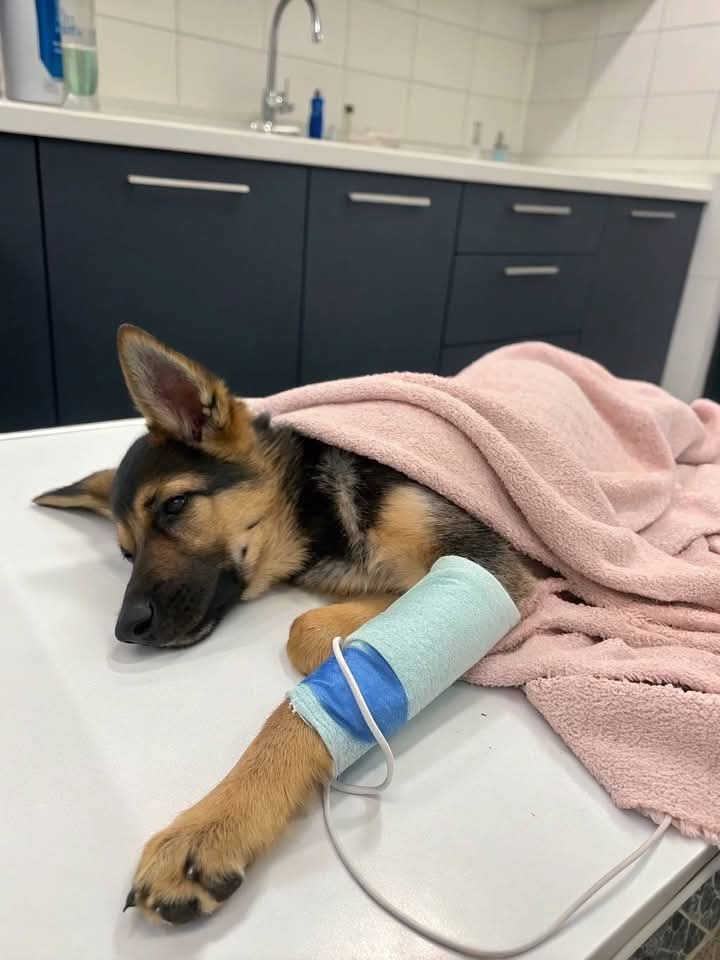
Some common signs of illness in German Shepherds include:
- Changes in appetite or drinking habits (eating or drinking more or less than usual)
- Lethargy or sudden loss of energy
- Vomiting or diarrhea
- Excessive drooling or panting
- Coughing or difficulty breathing
- Limping or difficulty walking
- Behavior changes, such as aggression or anxiety
- Skin issues, like rashes or hot spots
- Weight loss or bloating
Should German Shepherds take joint supplements?
Joint supplements can be beneficial for German Shepherds, especially as they age or if they are prone to joint issues like hip or elbow dysplasia. Glucosamine, chondroitin, and MSM are commonly recommended to support joint health. Be sure to consult your veterinarian before introducing any supplements into your dog’s routine.
Can German Shepherds develop anxiety disorders?
Yes, German Shepherds can develop anxiety disorders, particularly separation anxiety. They are very attached to their families and may become stressed or anxious when left alone for long periods. Symptoms include:
- Destructive behavior (chewing, digging)
- Excessive barking or whining
- Pacing or drooling
- Attempting to escape
Providing consistent routines, plenty of exercise, and training can help alleviate anxiety. In severe cases, professional behavior therapy or medication prescribed by a vet may be necessary.
Diet and Nutrition
What is the most suitable diet for a German Shepherd?
An ideal diet for a German Shepherd should be well-balanced, nutrient-rich, and customized according to their age, activity level, and overall health. German Shephered can be fed with vegan diet. Ideally, it should include:
- High-Quality Protein: German Shepherds need a protein-rich diet to support their muscle mass and energy levels. Look for meat-based proteins like chicken, beef, or lamb as the first ingredient in their food.
- Beneficial Fats: Fats are crucial for providing energy and maintaining a healthy coat. Choose foods that contain omega-3 and omega-6 fatty acids.
- Carbohydrates: Whole grains like brown rice, oatmeal, or sweet potatoes provide slow-releasing energy and fiber for digestive health.
- Vitamins and Minerals: These help support immune function, bone health, and overall well-being. Ingredients like spinach, carrots, and blueberries can be beneficial.
- Joint Support: Consider foods that include glucosamine and chondroitin, especially if your dog is prone to hip or elbow dysplasia.
How much food should a German Shepherd consume daily?
The amount of food a German Shepherd needs depends on their age, size, activity level, and metabolism. On average:
- Adult German Shepherds: They generally require around 2 to 3 cups of food per day, split into two meals. This can vary depending on their weight and energy level.
- Puppies: German Shepherd puppies need additional food to aid in their growth and development.
- 4o miniThey may need 3-4 meals a day of puppy-formulated food.
- Senior Dogs: Older German Shepherds may require less food due to a decrease in metabolism and energy levels.
Always follow the feeding guidelines on the food packaging and adjust portions based on your dog’s individual needs. Your vet can help you determine the correct portion based on their weight and health.
Can German Shepherds eat raw food?
Yes, German Shepherds can follow a raw food diet (often referred to as a BARF diet – Biologically Appropriate Raw Food), which usually consists of raw meat, bones, organs, vegetables, and fruits. The potential benefits of this diet include better coat health, improved digestion, and stronger teeth.
However, feeding a raw diet requires careful planning to ensure that your dog is getting all the necessary nutrients in the right proportions. It’s important to consult with a vet or canine nutritionist before transitioning to a raw food diet to ensure it is balanced and safe for your dog.
Are there specific dietary requirements for GSD puppies?
Yes, German Shepherd puppies have specific dietary needs to support their rapid growth and development:
- High Protein Content: Protein is essential for muscle development, so look for puppy food with high-quality meat proteins.
- Balanced Fat Levels: Adequate fat helps with brain development and overall growth.
- Calcium and Phosphorus: Proper levels of calcium and phosphorus are critical for healthy bone development. Be careful not to over-supplement, as this can lead to skeletal issues.
- Frequent Meals: Puppies should be fed 3-4 meals a day until about 6 months old, after which you can reduce it to two meals per day.
- Quality Puppy Formula: Use food specifically designed for puppies, as it is formulated with the right
Should I feed my German Shepherd dry or wet food?
Both dry food (kibble) and wet food have their pros and cons, and the choice depends on your dog’s preferences and health needs:
- Dry Food: Generally more convenient, helps keep teeth clean, and is often more cost-effective. Kibble can be nutritionally balanced and is easy to store.
- Wet Food: Contains more moisture, which can help keep your dog hydrated. It is often more palatable and may be easier for some dogs to chew, especially older dogs with dental issues.
You can also mix dry and wet food to provide variety and keep your German Shepherd interested in their meals. Consult your vet to determine which option is best for your dog’s health needs.
How can I tell if my German Shepherd is overweight?
To determine if your German Shepherd is overweight, check the following:
- Ribs: You should be able to feel your dog’s ribs without excess fat covering them. If you cannot feel their ribs easily, they may be overweight.
- Waistline: When viewed from above, your German Shepherd should have a visible waistline that curves inward, just behind their ribs. If the waistline is straight or bulging, they may be overweight.
- Abdominal Tuck: When viewed from the side, your dog’s belly should slope upwards behind the ribcage. If it hangs down, it could indicate excess weight.
- Overall Activity Level: An overweight dog may be less active, have difficulty moving, or tire quickly.
Consult your vet to determine the best weight for your dog and discuss a diet plan if weight management is needed.
Can German Shepherds eat human food?
Some human foods are safe for German Shepherds in moderation, while others can be harmful:
- Safe: Cooked plain chicken, carrots, apples (without seeds), bananas, pumpkin, and peanut butter (without xylitol) are all safe options.
- Toxic or Harmful: Avoid chocolate, grapes, raisins, onions, garlic, avocados, and foods with xylitol (an artificial sweetener). Never feed them bones from cooked meat, as they can splinter and cause choking or injury.
Always check with your vet before offering new foods to ensure they are safe for your dog.
How often should I feed my German Shepherd?
Adult German Shepherds should usually be given two meals per day. Puppies need 3-4 meals a day until about 6 months old, after which you can transition to two meals. Senior dogs may also benefit from two meals a day, especially if they have a reduced appetite or need to manage weight.
What are the best treats for training a German Shepherd?
When choosing treats for training, opt for small, soft, and low-calorie treats. Some great options include:
- Freeze-dried meat treats (such as chicken or beef)
- Small cheese cubes (in moderation)
- Carrot sticks or other vegetables
- Peanut butter-filled Kongs (if your dog likes peanut butter)
Treats should be small enough that your dog can eat them quickly and continue training without distractions. You can also use your dog’s regular kibble as training treats to avoid overfeeding
What Are the Signs of Food Allergies in GSDs?
Food allergies in German Shepherds can manifest in several ways:
Skin Issues: Itching, redness, rashes, hot spots, or ear infections
Gastrointestinal Issues: Symptoms such as vomiting, diarrhea, or bloating.
Excessive Paw Licking: Dogs with food allergies may lick their paws frequently due to irritation
Chronic Infections: Frequent ear infections or skin infections can indicate allergies.
Exercise and Activity
How Much Exercise Does a German Shepherd Need?
German Shepherds are an active and energetic breed, requiring at least 1 to 2 hours of exercise per day. This can involve a mix of walks, play sessions, and other activities to keep them both physically and mentally engaged. German Shepherds thrive on both physical exercise and mental challenges, so it’s important to provide a variety of activities.
What are the best activities for German Shepherds?
German Shepherds enjoy a wide range of activities that tap into their intelligence and athleticism. Some great options include:
- Walking and Running:
Regular walks and runs are essential to burn off energy. They enjoy brisk walks or jogs and can handle longer distances. - Fetch:
German Shepherds love retrieving objects like balls or frisbees, providing both physical exercise and mental stimulation. - Interactive Play:
Tug-of-war or hide-and-seek games are great ways to engage their mind while providing fun and exercise. - Obedience Training:
Teaching them new commands or working on advanced obedience keeps their brain active and sharp. - Agility Training:
German Shepherds excel in agility courses, which require both physical and mental focus. - Scent Work:
Their strong sense of smell makes scent detection or nose work games excellent mental stimulation.
Can German Shepherds be apartment dogs?
While German Shepherds are large and active, they can adapt to apartment living if they receive enough exercise and mental stimulation. However, apartment living requires a dedicated commitment to daily exercise and training, as well as plenty of mental stimulation. To keep them happy in an apartment:
- Regular Exercise: Provide 1-2 hours of exercise a day through walks, runs, and playtime.
- Mental Stimulation: Puzzle toys, training sessions, or games that engage their brain are essential to prevent boredom.
- Space Considerations: Make sure there’s enough space for them to move around comfortably.
It’s also helpful to have a secure outdoor area where you can take them to play and exercise.
How do I keep my German Shepherd entertained indoors?
German Shepherds are highly intelligent and need mental stimulation in addition to physical exercise. Here are some indoor activities to keep them entertained:
- Puzzle Toys:
Interactive toys that require problem-solving, like treat-dispensing puzzles, can keep them engaged for extended periods. - Training Sessions:
Spend time teaching them new tricks or reinforcing basic obedience commands. They thrive on learning. - Tug-of-War:
A good game of tug-of-war is not only fun but also provides exercise and mental stimulation. - Indoor Fetch:
If you have the space, play a gentle game of fetch indoors with a soft ball or toy. - Hide-and-Seek:
Hide treats or toys around the house and motivate your German Shepherd to search for them. It taps into their natural scenting abilities.
Do German Shepherds enjoy swimming?
Many German Shepherds enjoy swimming due to their natural instincts and strong build. They are great swimmers, and the activity provides excellent exercise for them without putting stress on their joints. If your dog is not familiar with swimming, introduce them slowly to the water, and always supervise them around water.
Swimming is also beneficial for joint health, especially for older dogs or those with hip dysplasia, as it’s a low-impact activity.
How can I prevent my German Shepherd from getting bored?
German Shepherds are highly intelligent and need regular stimulation to avoid boredom. Here are some ways to keep them entertained:
- Daily Exercise:
Ensure they get enough physical activity, ideally combining both walks and playtime. - Interactive Toys:
Invest in puzzle toys, treat-dispensing balls, or chew toys that engage their brain. - Training:
Regular obedience or trick training keeps them mentally challenged and strengthens your bond. - Change up Activities:
Vary the routine with different activities like hiking, playing fetch, or engaging in scent games to keep things fresh and exciting. - Socialization:
If your dog enjoys interacting with other dogs, arrange playdates or visits to dog parks to give them a change of scenery and social interaction.
Are German Shepherds good running partners?
Yes, German Shepherds are excellent running partners. Their high energy levels and athleticism make them well-suited for long runs or jogs. However, ensure your dog is fully grown (around 18-24 months) before starting long-distance running to avoid strain on their developing joints.
Start with shorter distances and gradually build up to longer runs, keeping an eye on their energy levels and ensuring they are hydrated.
Can German Shepherds participate in dog sports
Yes, German Shepherds excel in various dog sports, including:
- Agility:
German Shepherds are fast, athletic, and intelligent, making them excellent competitors in agility courses. - Obedience Trials:
Their intelligence and trainability make them successful in competitive obedience events. - Herding:
As a herding breed, German Shepherds are naturally suited for herding trials. - Schutzhund (Protection Sports):
This sport, which involves tracking, obedience, and protection work, is especially popular with German Shepherds due to their protective nature and high drive. - Flyball:
A high-energy team relay sport that German Shepherds enjoy.
How do I train my German Shepherd for agility?
Training your German Shepherd for agility involves building both their physical skills and mental focus. Here are some steps to follow:
- Start with Basic Obedience:
Ensure your dog is comfortable with basic commands like “sit,” “stay,” “come,” and “heel.” - Introduce Agility Equipment Slowly:
Begin with basic obstacles such as tunnels, jumps, and weave poles, then slowly raise the difficulty as your dog gains confidence. - Positive Reinforcement:
Use treats, toys, or praise to reward your dog after successfully completing an obstacle. This motivates them to continue trying. - Short Training Sessions:
Keep training sessions short (10-15 minutes) to avoid overwhelming them. Always end on a positive note. - Consistency and Patience:
Like any training, agility requires time and consistency. Keep practicing regularly to build confidence and agility.
Are German Shepherds good hiking companions?
Yes, German Shepherds make excellent hiking companions. Their stamina, athleticism, and love for outdoor activities make them great for long hikes. They enjoy exploring nature and can easily keep up with active hikers.
Before heading out, ensure your German Shepherd is physically prepared for the hike, has proper hydration, and is wearing comfortable footwear (if needed). Also, be mindful of trail conditions and avoid overly strenuous hikes, especially with puppies or senior dogs.
Puppy Care
How to Choose a German Shepherd Puppy?
When choosing a German Shepherd puppy, consider the following factors:
- Reputable Breeder:
Choose a breeder who prioritizes health, temperament, and proper socialization. A responsible breeder will provide health clearances for the puppy’s parents, particularly for common issues in German Shepherds like hip dysplasia. - Temperament:
Meet the puppies’ parents to assess their temperament. Ideally, the puppy should be well-socialized, confident, and not overly fearful or aggressive. - Health and Appearance:
Look for a healthy puppy with clear eyes, clean ears, and a shiny coat. Avoid puppies that seem lethargic, have discharge from their eyes or nose, or appear overly thin. - Age:
German Shepherd puppies are typically ready to go to their new homes at 8 weeks old, but not earlier. At this age, they have started to socialize and develop important early behaviors. - Activity Level:
Observe the puppy’s activity level and personality. A healthy puppy should be curious and active, with a playful attitude.
How Do I Potty Train a German Shepherd Puppy?
Potty training a German Shepherd puppy requires consistency, patience, and positive reinforcement:
- Set a Schedule:
Take your puppy outside frequently—after waking up, eating, playing, and before bedtime. Puppies usually need to go outside every 2-3 hours. - Designate a Potty Spot:
Take your puppy to the same spot every time to help them associate the area with going to the bathroom. - Praise and Reward:
After your puppy goes potty outside, immediately praise them and give them a treat. This positive reinforcement will encourage them to continue going outside. - Supervise Indoors:
Keep an eye on your puppy indoors, and when you can’t supervise, confine them to a crate or an enclosed area. This helps prevent accidents and teaches them bladder control. - Clean Up Accidents:
If accidents happen indoors, clean the area thoroughly with an enzymatic cleaner to eliminate odors, as lingering smells can encourage your puppy to go in the same spot.
What Age Should I Start Training My GSD Puppy?
Training can begin as early as 8 weeks old. At this age, puppies are receptive to basic commands like sit, stay, and come. Early training helps set the foundation for obedience and socialization. However, it’s important to keep training sessions short (around 5-10 minutes) and use positive reinforcement.
You can gradually introduce more advanced training as your puppy matures, but consistent early training is key to a well-behaved adult dog.
How Do I Socialize a German Shepherd Puppy?
Socialization is crucial for German Shepherd puppies to grow into well-rounded adults. Here’s how to socialize them:
- Expose Them to Different Environments:
Take your puppy to various places like parks, busy streets, and different homes to expose them to different sounds, sights, and smells. - Meet New People and Dogs:
Ensure your puppy interacts with different people and dogs (of various sizes and breeds) in a controlled environment to help them develop confidence and good social skills. - Puppy Classes:
Enroll your puppy in a puppy socialization class, which can provide structured interaction with other puppies and help teach basic manners. - Positive Experiences:
Always ensure that new experiences are positive. Reward your puppy with treats and praise for calm and confident behavior during socialization. - Avoid Negative Experiences:
Avoid exposing your puppy to overwhelming or frightening situations, as this can lead to fear or anxiety in the future.
When Should I Start Leash Training My GSD Puppy?
Leash training can begin as early as 8 weeks old. Start by introducing your puppy to a collar or harness and a leash in a safe, controlled environment. Keep sessions short and positive:
- Introduce the Leash Gradually:
Let your puppy wear the leash inside the house first to get used to the sensation. - Short Walks:
Start with short, low-pressure walks where your puppy can get used to walking with a leash. Reward them with praise and treats when they walk nicely. - Avoid Pulling:
If your puppy pulls on the leash, stop walking until the leash slackens, then continue. This teaches them that pulling won’t get them anywhere.
Are German Shepherd Puppies Hyperactive?
Yes, German Shepherd puppies are high-energy and curious. They require plenty of exercise and mental stimulation. If they are not given enough physical activity or mental challenges, they may become hyperactive or engage in destructive behaviors. Regular playtime, training sessions, and activities like fetch or walks will help channel their energy in a positive direction.
How Do I Crate Train a German Shepherd Puppy?
Crate training is a useful tool for housetraining and providing your puppy with a safe, secure space. Here’s how to crate train:
- Choose the Right Crate:
Select a crate that’s large enough for your puppy to stand, turn around, and lie down comfortably. - Introduce the Crate Gradually:
Let your puppy explore the crate at their own pace. Place treats, toys, or a blanket inside to make it inviting. - Short Sessions:
Start with short periods of time in the crate, gradually increasing the duration as your puppy becomes comfortable. Avoid using the crate as punishment. - Associate the Crate with Positive Experiences:
Feed your puppy their meals in the crate, and give them treats and praise when they go inside. This helps them view the crate as a positive place. - Don’t Overuse the Crate:
Avoid leaving your puppy in the crate for too long. At their age, they can’t hold their bladder for more than a few hours.
When Do German Shepherd Puppies Calm Down?
German Shepherd puppies are typically very energetic until around 18-24 months of age, although individual temperaments vary. You may start noticing a reduction in their energy levels after they reach adulthood. However, they will always retain a playful and active nature. Regular exercise and training help manage their energy levels as they mature.
What Are Good Toys for a GSD Puppy?
German Shepherd puppies enjoy toys that are both mentally and physically stimulating. Some good options include:
- Chew Toys:
Durable chew toys help relieve teething discomfort and prevent destruction of furniture or shoes. - Interactive Toys:
Puzzle toys and treat-dispensing toys can challenge their minds and keep them entertained for longer periods. - Balls and Fetch Toys:
German Shepherds love playing fetch, so having a sturdy ball or frisbee can be a great way to keep them active. - Tug Toys:
Rope toys are great for games of tug-of-war, which can also be a way to reinforce basic commands.
How Often Should I Feed My German Shepherd Puppy?
German Shepherd puppies have higher energy needs than adult dogs. At different stages of growth, their feeding schedule should be:
- 8-12 weeks old: Feed your puppy 3 meals a day.
- 3-6 months old: Feed your puppy 3 meals a day.
- 6-12 months old: Feed your puppy 2 meals a day.
- 1 year and beyond: Transition to 2 meals a day for adult dogs.
The amount of food depends on your puppy’s size, metabolism, and the food you’re feeding. Always follow the feeding guidelines on the puppy food packaging and consult your vet for specific recommendations.
Shedding and Grooming
Do German Shepherds Shed a Lot?
Yes, German Shepherds shed a lot! They have a double coat consisting of a dense undercoat and a coarser outer coat, which means they shed throughout the year. Shedding becomes more intense during spring and fall when they “blow their coat” – a process of shedding large amounts of fur as they transition between seasons.
How Do I Reduce Shedding in My German Shepherd?
While you cannot completely stop shedding, you can manage it effectively with the following steps:
- Regular Brushing:
Brush your German Shepherd 2-3 times a week to remove loose fur and prevent matting. During shedding seasons, daily brushing is ideal. - Proper Nutrition:
A high-quality diet rich in omega-3 and omega-6 fatty acids helps maintain a healthy coat and reduce excessive shedding. - Regular Baths:
Bathing your dog every 6-8 weeks helps remove dead fur and dirt. Use a deshedding shampoo to help reduce loose hair. - Hydration:
Make sure your dog drinks plenty of water. Dehydration can lead to dry skin and increased shedding. - Supplements:
Consider giving your dog supplements like fish oil to promote skin and coat health. - Vacuuming:
Regularly vacuum your home to keep fur buildup manageable. Invest in a vacuum designed for pet hair.
What Kind of Brush Is Best for a German Shepherd?
To manage shedding effectively, use a combination of the following brushes:
- Undercoat Rake:
Essential during shedding seasons to remove loose undercoat hairs. - Slicker Brush:
Great for detangling and removing loose fur from the outer coat. - Bristle Brush:
Helps distribute natural oils and leaves the coat shiny. - Deshedding Tool (like the Furminator):
Specifically designed to reach the dense undercoat and remove loose hair efficiently. - Pin Brush:
Ideal for general grooming and keeping the coat neat.
Can I Shave My German Shepherd?
No, you should not shave your German Shepherd. Their double coat acts as insulation, safeguarding them from both hot and cold temperatures. Shaving can disrupt the coat’s natural ability to regulate temperature and may lead to skin problems or sunburn.
If your GSD’s coat appears matted or tangled, it’s better to trim carefully rather than shave. Regular grooming is a much safer option for maintaining coat health.
How Often Should I Bathe My German Shepherd?
German Shepherds do not require frequent bathing. Bathing them every 6-8 weeks is sufficient unless they get especially dirty or start to smell. Bathing too frequently can remove natural oils, resulting in dry skin and more shedding.
Tips for Bathing:
- Use a dog-specific shampoo that is gentle on their skin.
- Rinse thoroughly to prevent any leftover shampoo from causing irritation.
- Dry completely to avoid moisture buildup that can lead to skin infections.
Do GSDs Need Professional Grooming?
While regular at-home grooming is usually sufficient, occasional professional grooming can help manage their coat, especially during heavy shedding seasons. Professional groomers can provide a thorough deshedding treatment and trim any problem areas, like around the paws or ears.
How Do I Clean My German Shepherd’s Ears?
Cleaning your GSD’s ears regularly helps prevent infections. Follow these steps:
- Inspect the Ears:
Check for redness, swelling, or foul odor, which may indicate infection. - Use a Vet-Approved Ear Cleaner:
Apply the solution to a cotton ball (never use Q-tips) and gently wipe the inside of the ear flap. - Massage the Base of the Ear:
This helps distribute the cleaner and loosen debris. - Wipe Away Excess:
Use a clean cotton ball to wipe away any leftover cleaner or debris.
Frequency: Clean their ears once a month or more often if they swim frequently.
How Often Should I Trim My German Shepherd’s Nails?
Trim your GSD’s nails every 3-4 weeks. If you hear the sound of their nails tapping on the floor, it’s time for a trim.
Tips for Safe Trimming:
- Use dog nail clippers or a grinder.
- Be cautious of the quick (the blood vessel inside the nail), as cutting it can cause pain and bleeding.
- If your dog has dark nails and the quick is not visible, trim a small amount at a time.
What Is a “Blowing Coat” in GSDs?
“Blowing coat” refers to the intense seasonal shedding that German Shepherds experience, typically twice a year—in spring and fall. During this time, they shed large clumps of their undercoat to adapt to changing temperatures.
Managing Blowing Coat:
- Brush daily with an undercoat rake or deshedding tool.
- Increase baths during this period to help loosen dead hair.
- Keep your home clean with regular vacuuming and use lint rollers on furniture.
Are There Hypoallergenic German Shepherds?
No, German Shepherds are not hypoallergenic. Due to their heavy shedding and dander production, they are not suitable for people with dog allergies. If allergies are a concern, consider breeds like the Poodle or Schnauzer, which shed less and produce less dander.
Breeding and Reproduction
What Age Should a German Shepherd Be Bred?
German Shepherds should ideally be bred when they are at least 2 years old. This ensures that they have reached physical and mental maturity. Breeding too early can lead to complications and may negatively affect both the mother and the puppies.
For females, it’s best to wait until they have gone through at least two heat cycles. Males can typically start breeding around 18-24 months, once they have fully matured.
How Many Puppies Do German Shepherds Usually Have?
The average litter size for a German Shepherd is 6 to 10 puppies, though this can vary based on factors like the mother’s age, health, and genetics. First-time mothers may have smaller litters, while experienced breeders often see larger numbers.
What Are the Signs of Pregnancy in a German Shepherd?
Signs of pregnancy usually appear around 3-4 weeks after mating and can include:
- Decreased Appetite:
Some females may eat less during the early stages. - Behavioral Changes:
Pregnant GSDs may become more affectionate or slightly moody. - Nipple Enlargement:
The nipples may become more prominent and pinker. - Weight Gain:
Around the 5th week, the abdomen may start to expand noticeably. - Nesting Behavior:
Near the end of pregnancy, the mother may start gathering bedding and preparing a birthing area. - Veterinary Confirmation:
An ultrasound around 25 days after mating can confirm pregnancy.
How Do I Care for a Pregnant GSD?
Proper care is crucial to ensure the health of both the mother and puppies:
- Diet:
Switch to a high-quality, nutrient-rich diet formulated for pregnant or nursing dogs. Increase food intake gradually as pregnancy progresses. - Exercise:
Moderate exercise is important to keep the mother fit but avoid strenuous activities. - Veterinary Check-ups:
Regular vet visits are essential to monitor the pregnancy and detect any complications early. - Comfortable Space:
Prepare a whelping box that’s quiet, clean, and comfortable for birthing. Introduce it to the mother early so she feels safe there. - Monitoring Health:
Keep an eye on weight gain, appetite, and any unusual symptoms like discharge or lethargy. Contact a vet if you notice anything concerning.
Are German Shepherds Prone to Difficult Births?
German Shepherds are generally capable of giving birth naturally, but complications can occur, such as:
- Dystocia (Difficult Labor):
This can happen due to the size of the puppies or the mother’s pelvic structure. - Uterine Inertia:
The mother’s uterus may not contract effectively, requiring medical intervention. - Large Litters:
The risk of complications increases with larger litter sizes.
Signs of Trouble During Labor:
- No puppies after 1-2 hours of active labor.
- More than 2 hours between births.
- Bloody or foul-smelling discharge.
- The mother appears exhausted or distressed.
After observing these signs occur,contact veterinary assistance immediately.
Should I Breed My German Shepherd?
Before deciding to breed, consider these factors:
- Health:
Ensure your GSD has been tested for genetic issues like hip and elbow dysplasia, degenerative myelopathy, and eye conditions. - Temperament:
Only breed dogs with stable, friendly, and trainable temperaments. - Breed Standards:
Your dog should meet breed standards in terms of conformation, behavior, and health. - Commitment:
Breeding is a significant responsibility, requiring time, effort, and resources. - Purpose:
Breed only if you have a clear purpose, such as improving the breed or working traits—not just for profit.
How Do I Find a Reputable German Shepherd Breeder?
Look for breeders who:
- Are Registered with a Breed Club:
Reputable breeders are often members of organizations like the AKC or German Shepherd Dog Club of America. - Health Test Their Dogs:
They should provide proof of health clearances for hips, elbows, eyes, and genetic conditions. - Socialize Puppies:
Puppies should be well-socialized, healthy, and raised in a clean environment. - Offer Support:
Good breeders will provide ongoing support and advice to new puppy owners. - Conduct Interviews:
A reputable breeder will ask you questions to ensure their puppies go to responsible homes.
What Health Tests Are Needed Before Breeding GSDs?
Health testing is vital to ensure that breeding dogs do not pass on genetic disorders:
- Hip and Elbow Dysplasia Screening:
An X-ray evaluated by organizations like OFA or PennHIP. - Degenerative Myelopathy (DM) Test:
Genetic testing to screen for this progressive spinal disease. - Eye Examinations:
Certified by CERF to ensure there are no hereditary eye disorders. - Thyroid Testing:
To rule out hypothyroidism. - Cardiac Exam:
To check for congenital heart issues. - Brucellosis Test:
A bacterial infection that can cause infertility.
How Do I Care for a Newborn GSD Litter?
Caring for newborn puppies requires dedication:
- Whelping Box:
Keep puppies warm and safe in a clean, draft-free area. - Monitor Nursing:
Ensure that all puppies are nursing well and gaining weight. - Weigh Daily:
Track weight to ensure they are thriving. A puppy should double its birth weight in the first week. - Socialization:
Handle puppies gently and expose them to various sounds and mild stimuli to build confidence. - Health Checks:
Monitor for signs of illness, such as lethargy, vomiting, or diarrhea. Seek veterinary care if needed. - Deworming and Vaccination:
Follow the vet’s schedule for vaccinations and deworming.
Can GSDs Be Artificially Inseminated?
Yes, artificial insemination (AI) is possible for German Shepherds and can be helpful when natural breeding is not feasible. It’s typically performed under the guidance of a veterinary reproduction specialist. AI can be done using fresh, chilled, or frozen semen.
Advantages of AI:
- Genetic Diversity: Access to top-quality sires from different regions.
- Health Safety: Reduces the risk of sexually transmitted infections.
- When Natural Mating Is Difficult: Due to distance or physical limitations.
Considerations:
- It’s essential to time the insemination accurately based on ovulation.
- Success rates can vary, and multiple attempts may be necessary.
Adoption and Rescue
Where Can I Adopt a German Shepherd?
You can adopt a German Shepherd from several places, including:
- Animal Shelters:
Local animal shelters often have German Shepherds looking for homes. - Breed-Specific Rescues:
Organizations like German Shepherd Rescue & Adoptions (GSRA) and German Shepherd Rescue of America specialize in rescuing and rehoming GSDs. - Online Platforms:
Websites like Petfinder, Adopt-a-Pet, and Rescue Me! list available German Shepherds from shelters and rescue groups. - Retired Service Dog Programs:
Some police and military organizations offer retired working dogs for adoption. - Social Media Groups:
Platforms like Facebook often have dedicated German Shepherd rescue groups.
What Should I Know Before Adopting a GSD?
Adopting a German Shepherd is a big commitment. Here’s what you need to know:
- Energy and Exercise Needs:
GSDs are highly active and need at least 1-2 hours of exercise daily. - Training Requirements:
They are intelligent and thrive on structured training and mental stimulation. - Socialization:
Rescue GSDs may need socialization to overcome past trauma or fear. - Potential Behavioral Issues:
Some may have anxiety, fearfulness, or aggression due to previous neglect or abuse. - Space and Environment:
Ideally, they thrive in homes with a yard and active families. - Time Commitment:
They are loyal but may develop separation anxiety if left alone for long periods. - Health Considerations:
Be prepared for potential health issues like hip dysplasia, allergies, or degenerative myelopathy.
How Do I Introduce a Rescue German Shepherd to My Home?
Bringing a rescue GSD into your home can be both exciting and challenging. Here’s how to make the transition smooth:
- Prepare Your Home:
Set up a designated space with a bed, food, water, and some toys. This gives your new dog a safe zone. - Take It Slow:
Give your GSD time to explore the new environment at their own pace. - Limit Interactions Initially:
Keep introductions with family members and other pets calm and controlled. - Establish a Routine:
Routine provides comfort. Set regular feeding, walking, and bedtime schedules. - Supervise First Interactions:
Monitor interactions with children or other animals to ensure safety. - Use Positive Reinforcement:
Reward calm and confident behavior with treats and praise.
What Challenges Might Arise When Adopting a GSD?
Some common challenges include:
- Anxiety or Fear:
Rescue GSDs may be fearful due to past trauma. Gradual exposure and positive reinforcement can help build confidence. - Aggression or Resource Guarding:
This may occur if the dog has been deprived of food or safety. Professional training can address these issues. - Health Problems:
Some rescue GSDs may have untreated medical issues. Schedule a vet check-up soon after adoption. - Housebreaking Issues:
Not all rescues are house-trained. Patience and consistent routines are key. - Trust Building:
It may take time for the dog to fully trust you, especially if they have faced neglect or abuse.
Can I Adopt a Retired Police or Service GSD?
Yes, you can adopt retired police or service dogs. Here’s how:
- Contact Local Law Enforcement:
Some police departments have adoption programs for retired K9s. - Military Programs:
The Department of Defense Military Working Dog Program sometimes puts retired dogs up for adoption. - Service Dog Organizations:
Some service dog organizations rehome retired or career-change dogs.
Things to Consider:
- These dogs are typically well-trained but may have specific needs related to their work history.
- They may have strong protective instincts and might need experienced handlers.
How Can I Help a Rescued GSD Overcome Trauma?
Helping a traumatized German Shepherd requires patience and understanding:
- Create a Safe Space:
Allow your dog to retreat to a quiet, comfortable area when feeling overwhelmed. - Build Trust Gradually:
Avoid forcing interactions. Let the dog come to you at their own pace. - Positive Reinforcement:
Reward calm and confident behavior. Avoid punishment, as it can worsen fear. - Establish Routines:
Predictable schedules help reduce anxiety. - Consider Professional Help:
A behaviorist or trainer specializing in trauma recovery can offer guidance. - Enrichment Activities:
Mental stimulation can help reduce stress. Puzzle toys and scent work are great for this breed.
What Are Common Behavioral Issues in Rescued German Shepherds?
- Separation Anxiety:
Rescue GSDs may become distressed when left alone. Gradually increase alone time to build tolerance. - Fear Aggression:
This may manifest as barking, growling, or snapping when scared. Address the root cause with positive reinforcement. - Resource Guarding:
Protecting food or toys can be common. Practice “trade” games to reduce guarding behavior. - Hyperactivity:
Lack of exercise can lead to excessive barking, jumping, or chewing. Daily physical and mental activity is essential. - Reactivity:
Some rescues may react negatively to strangers or other dogs. Controlled exposure and training can help.
Are There Breed-Specific Rescues for German Shepherds?
Yes, many organizations focus specifically on GSDs:
- German Shepherd Rescue and Adoptions (GSRA)
- Southeast German Shepherd Rescue (SGSR)
- Mid-Atlantic German Shepherd Rescue (MAGSR)
- German Shepherd Rescue of Orange County (GSROC)
These rescues focus on saving GSDs from shelters and placing them in loving homes.
Can I Adopt a German Shepherd as a Service Dog?
While adopting a GSD for service work is possible, it’s essential to evaluate the dog’s temperament, health, and trainability. Not all rescues will be suitable as service dogs, especially if they have behavioral issues or health problems.
If you specifically need a service dog, consider organizations that train and place them, as these dogs are bred and trained for specific tasks from a young age.
How Do I Support German Shepherd Rescue Organizations?
There are many ways to support rescue efforts:
- Donate:
Financial support helps cover veterinary care, food, and shelter expenses. - Volunteer:
Help with walking, grooming, or administrative tasks. - Foster:
Temporarily care for a GSD while they await adoption. - Advocate:
Share adoptable dogs on social media to increase visibility. - Sponsor a Dog:
Cover the care costs for a specific dog while they await a permanent home. - Donate Supplies:
Rescue organizations often need food, toys, beds, and grooming supplies.
“The beauty of a German Shepherd is not just in their appearance, but in their undying devotion.”


